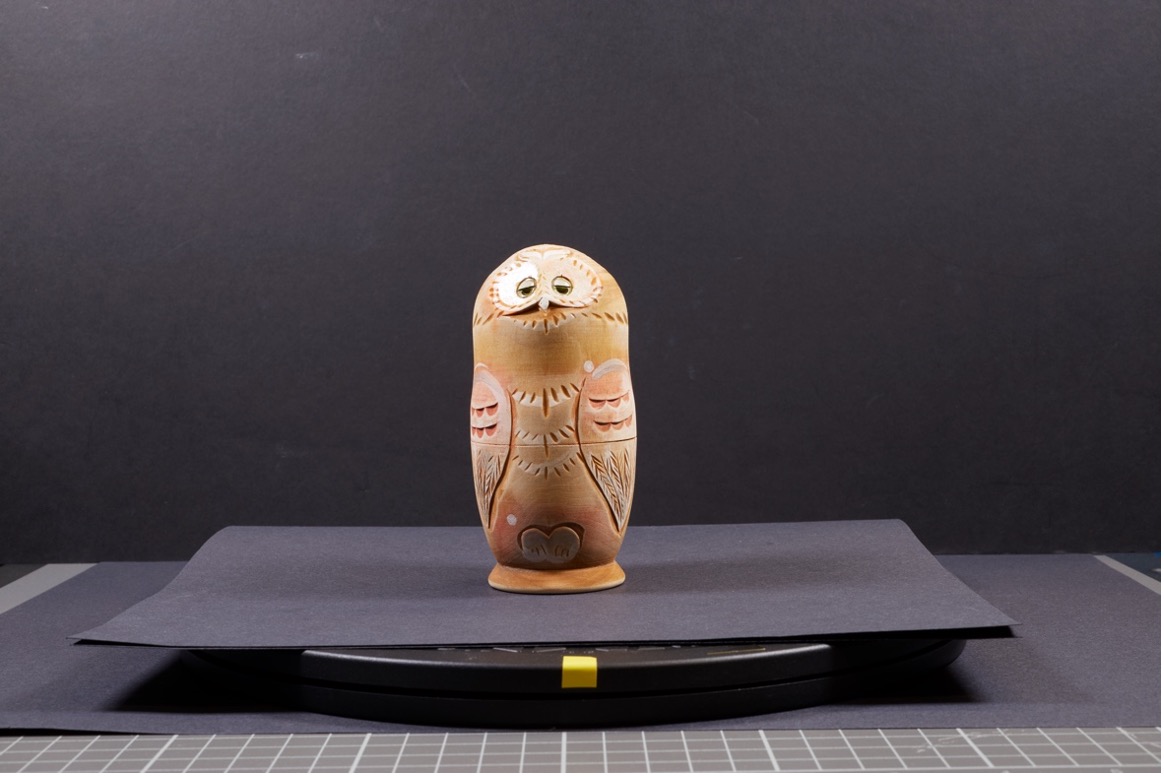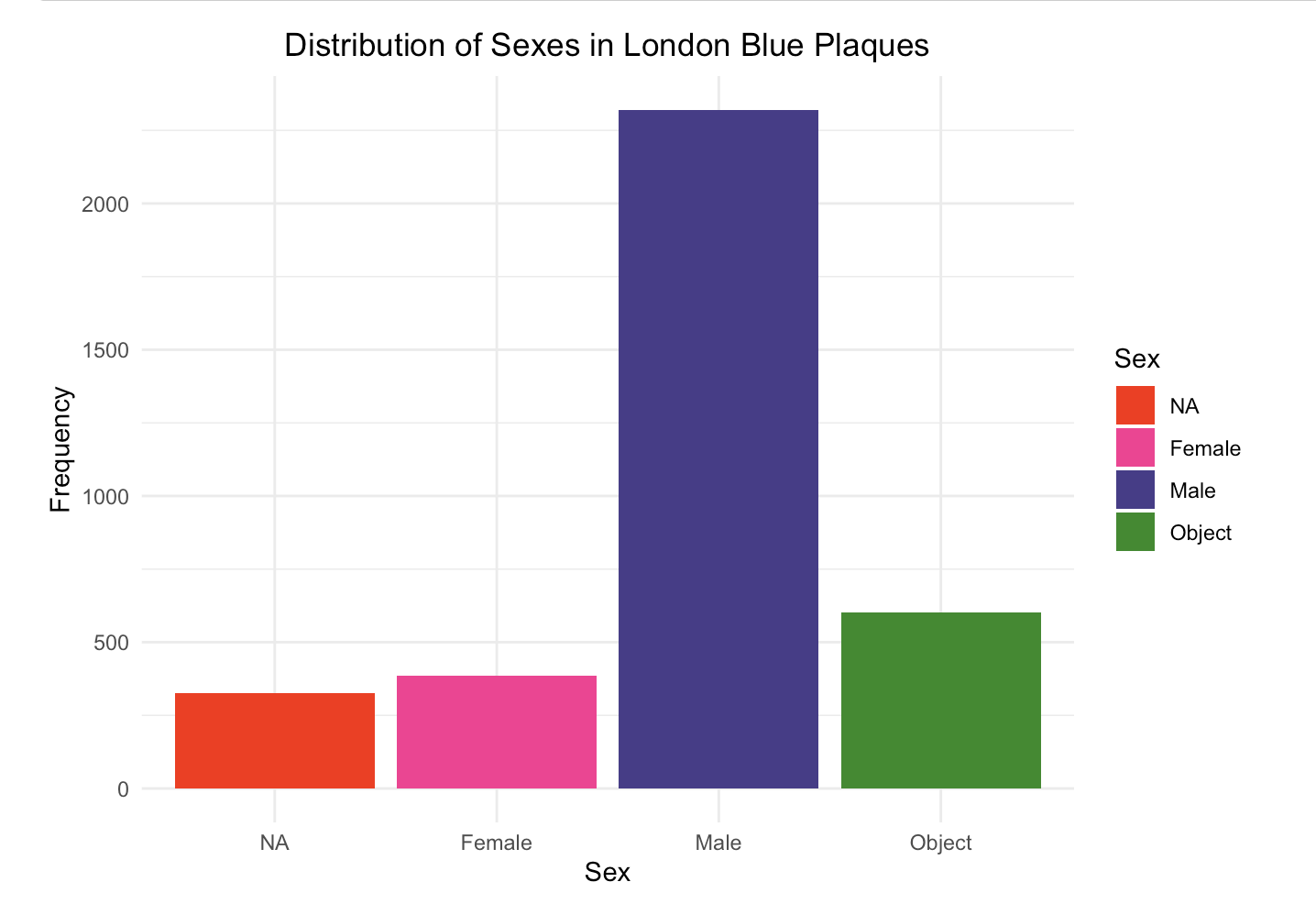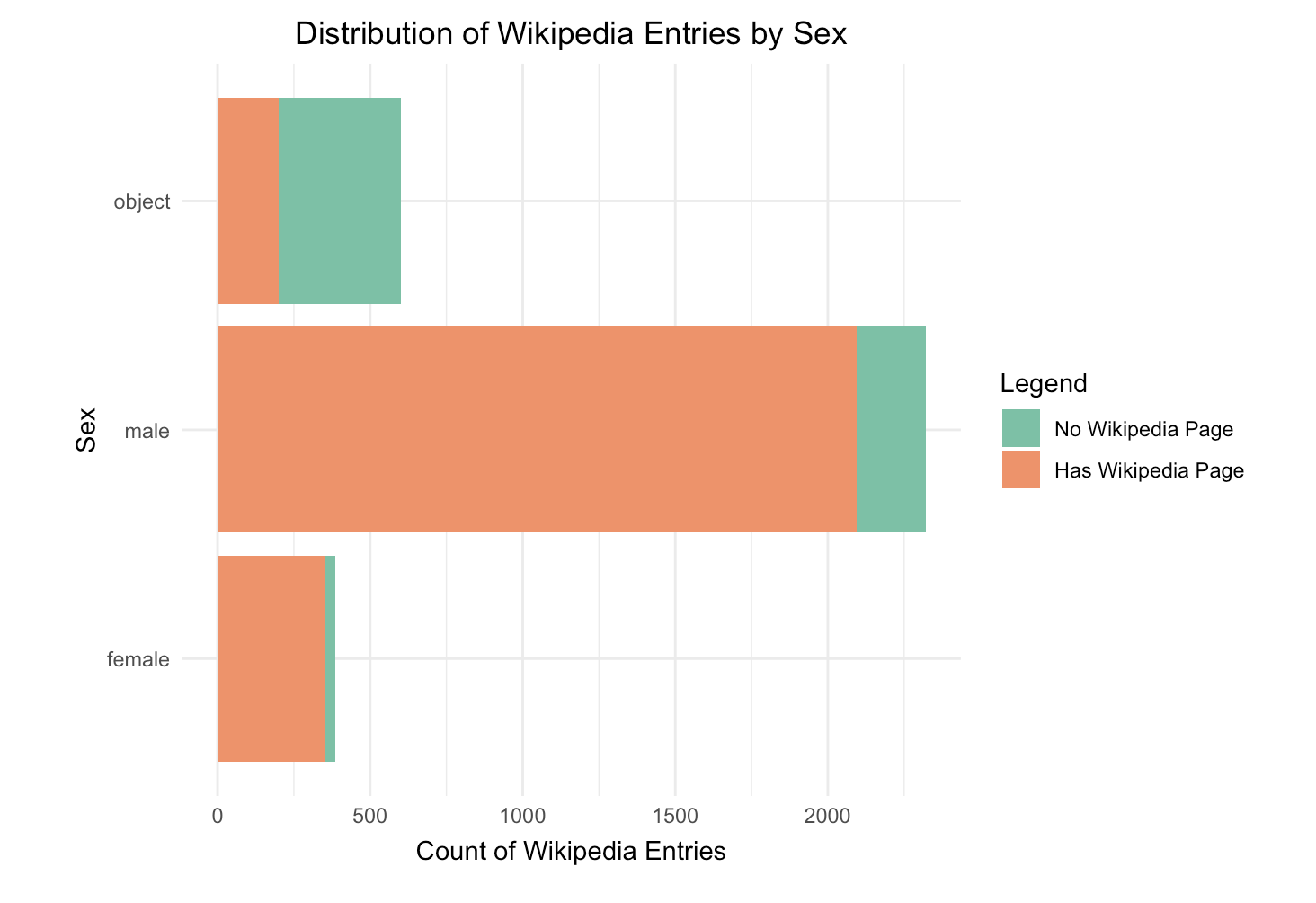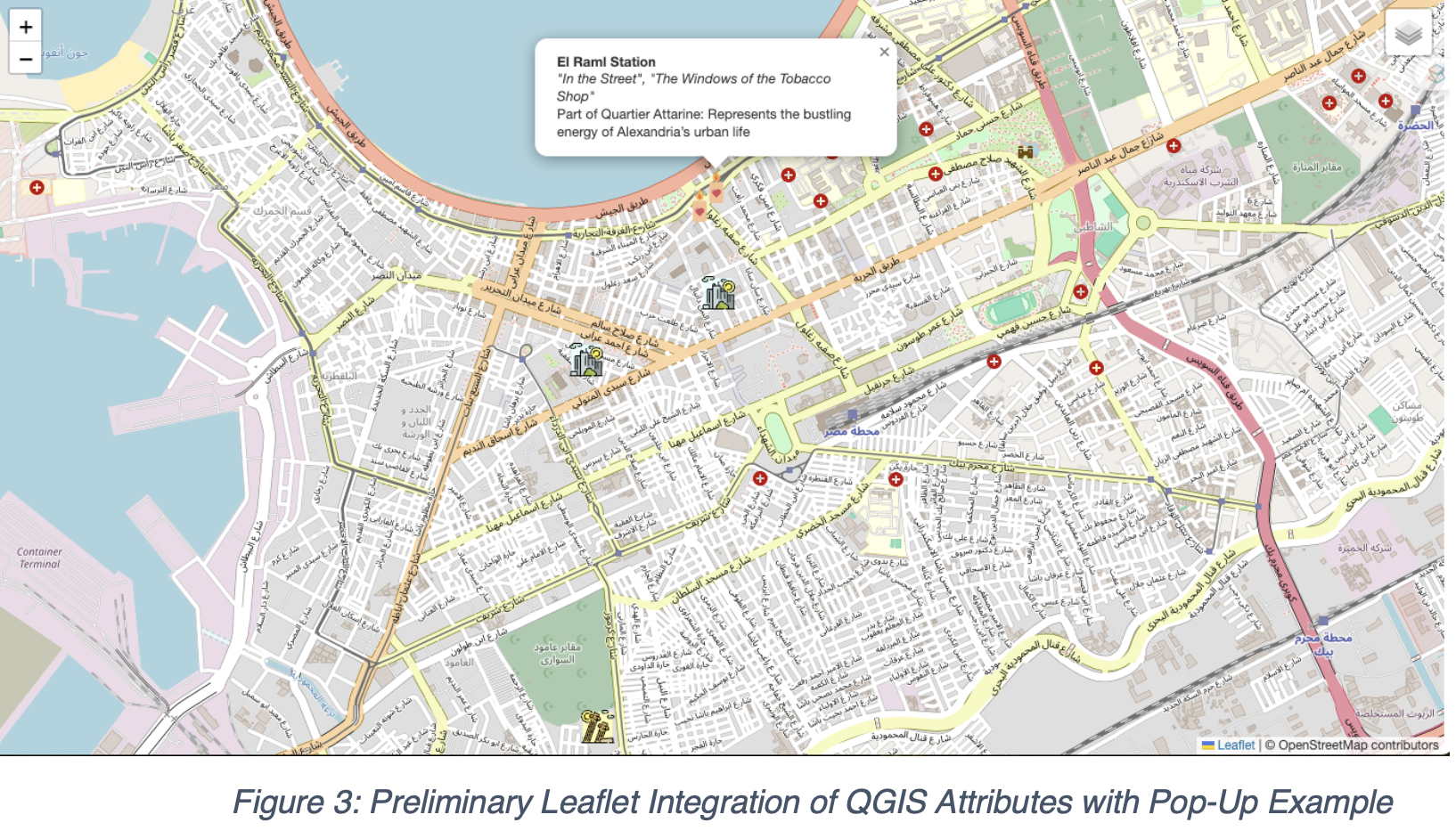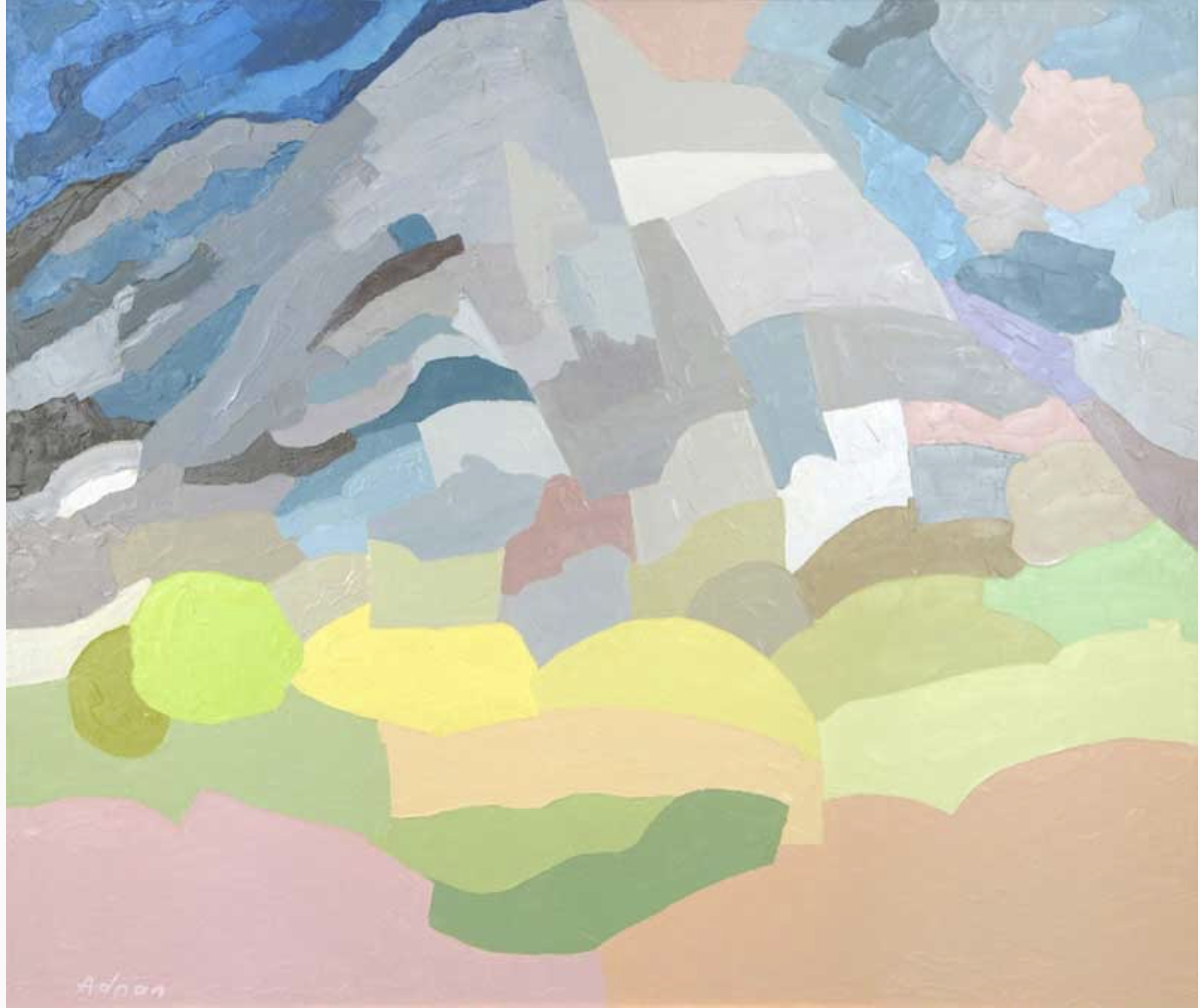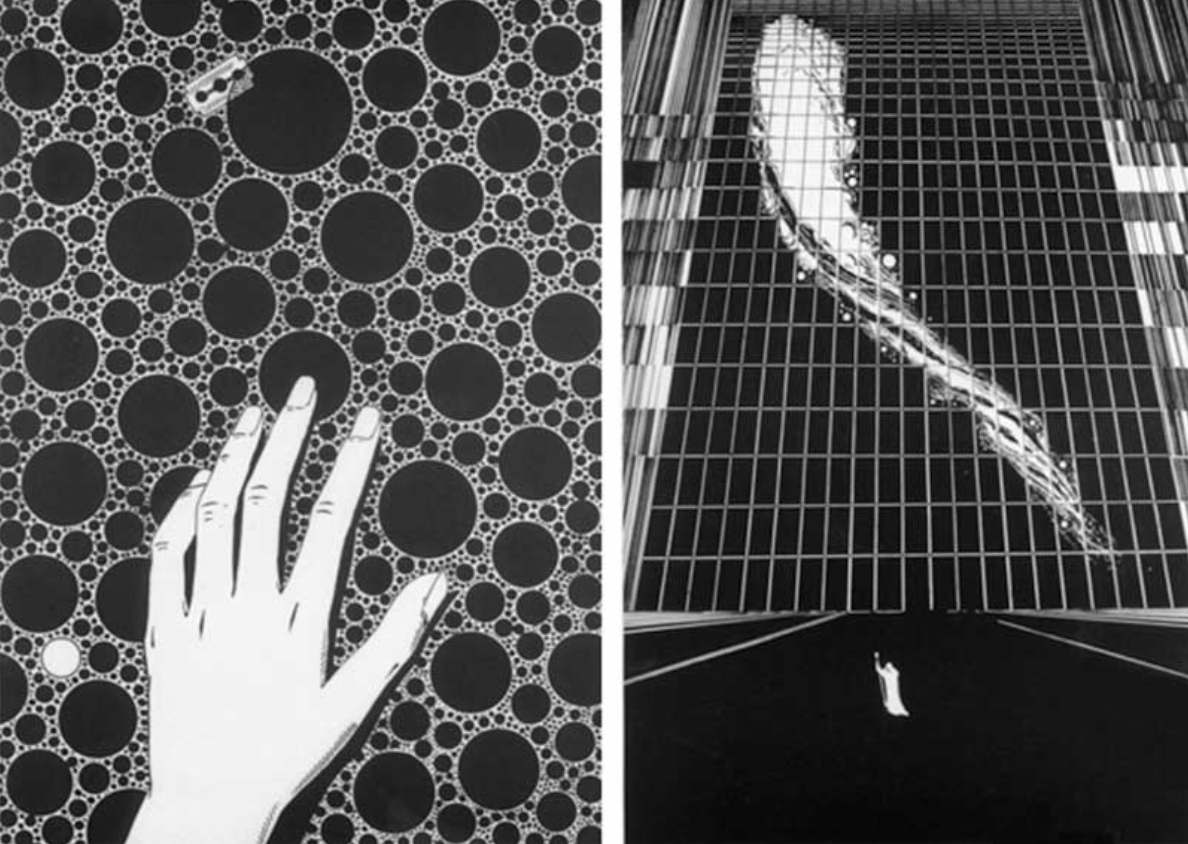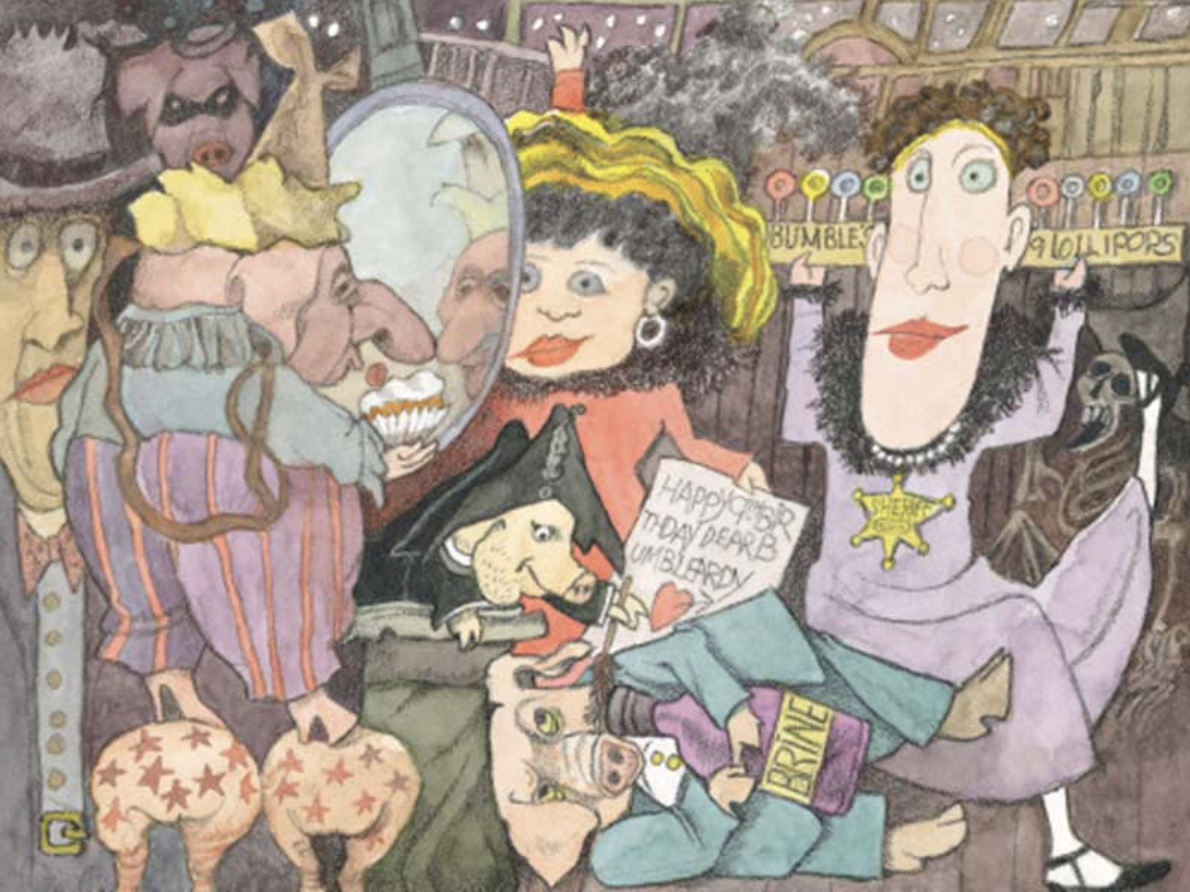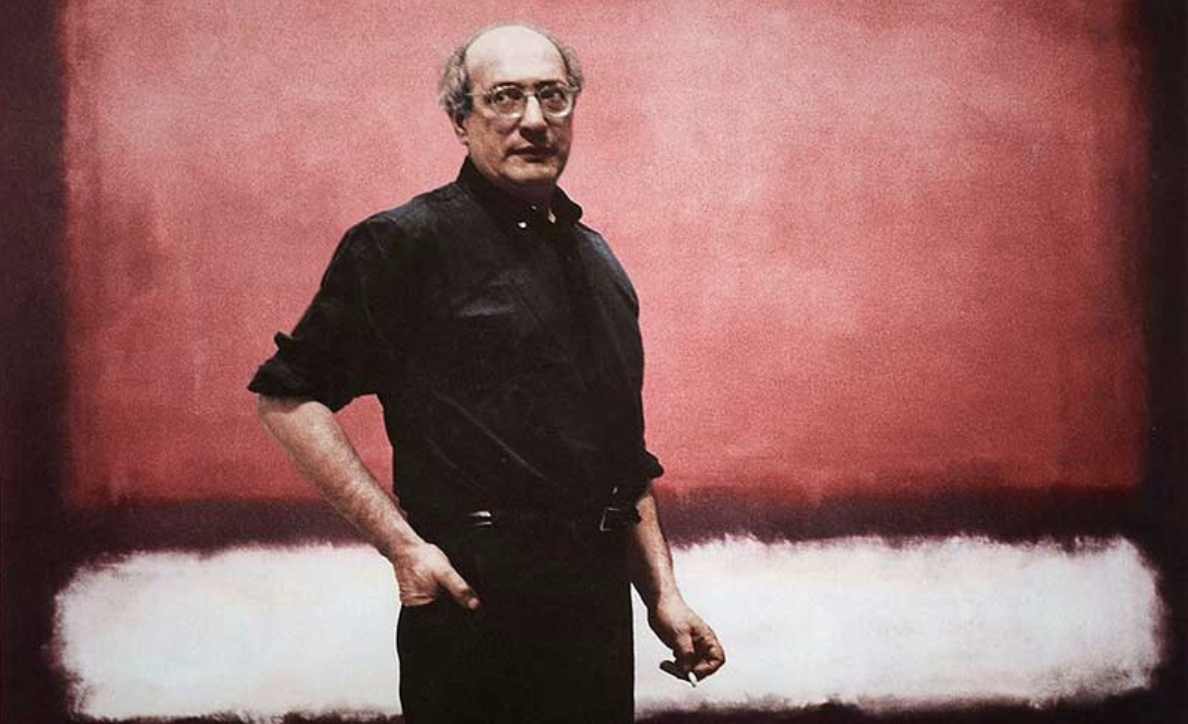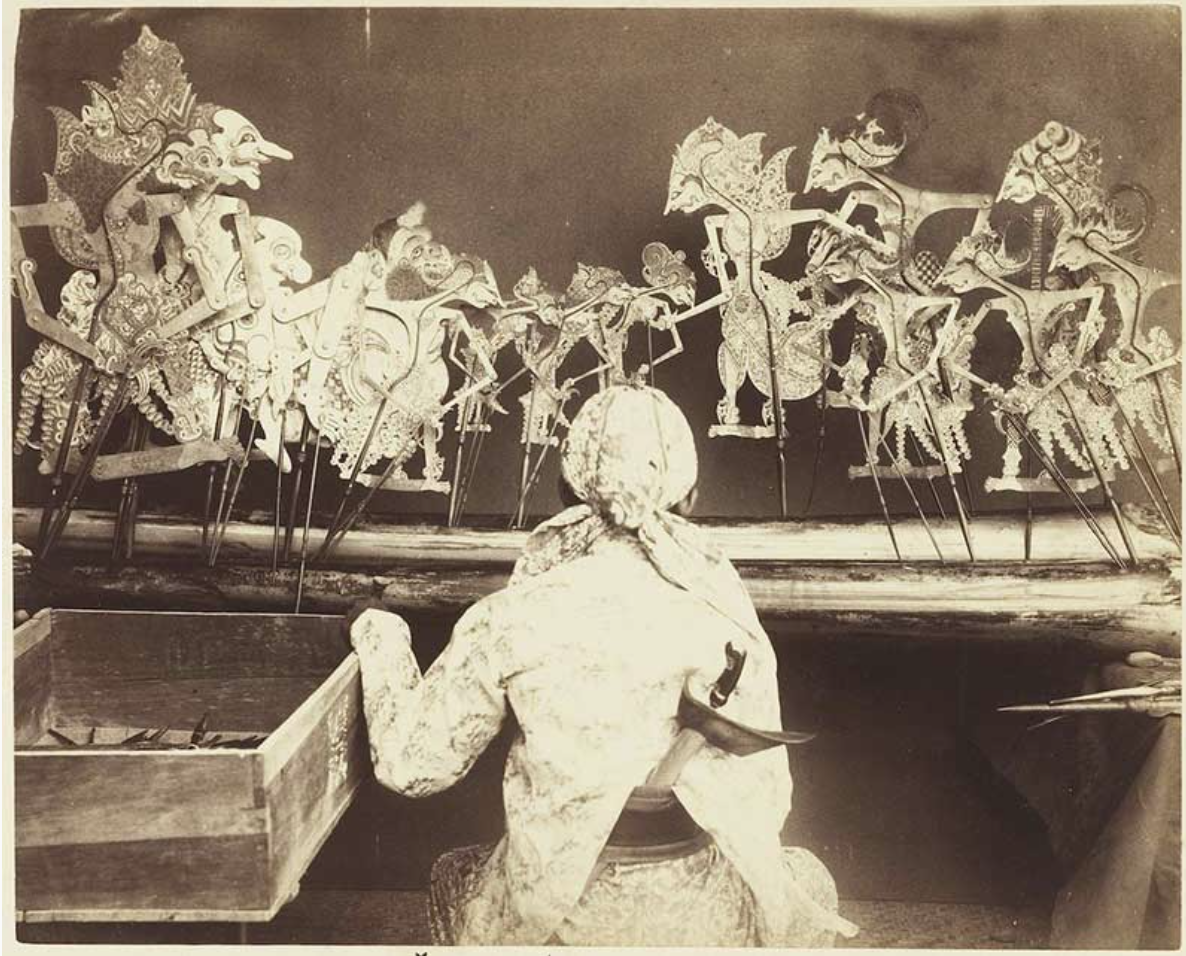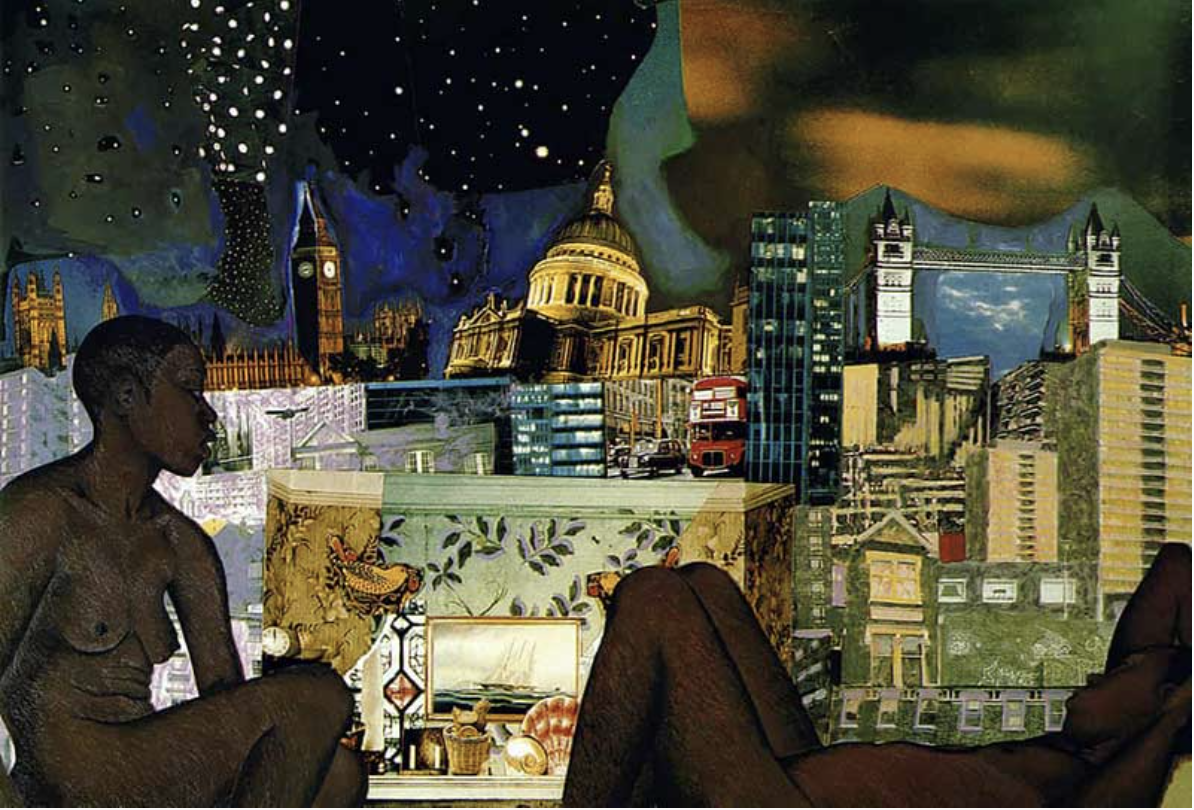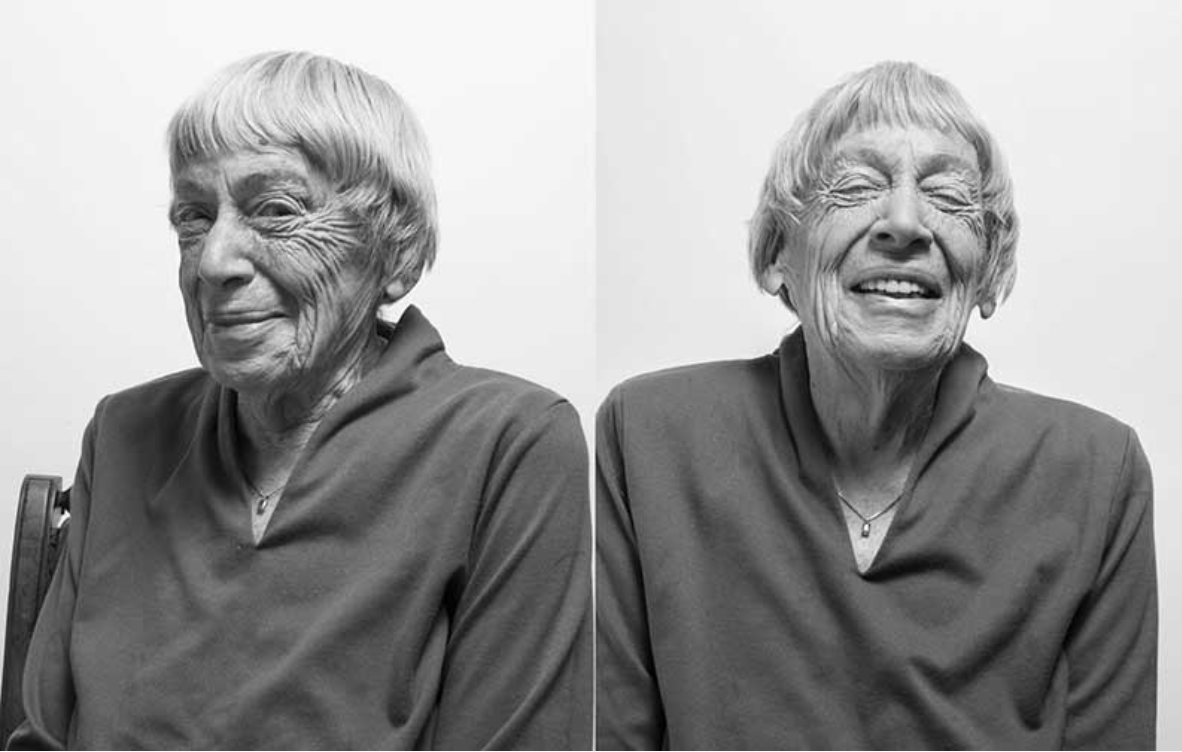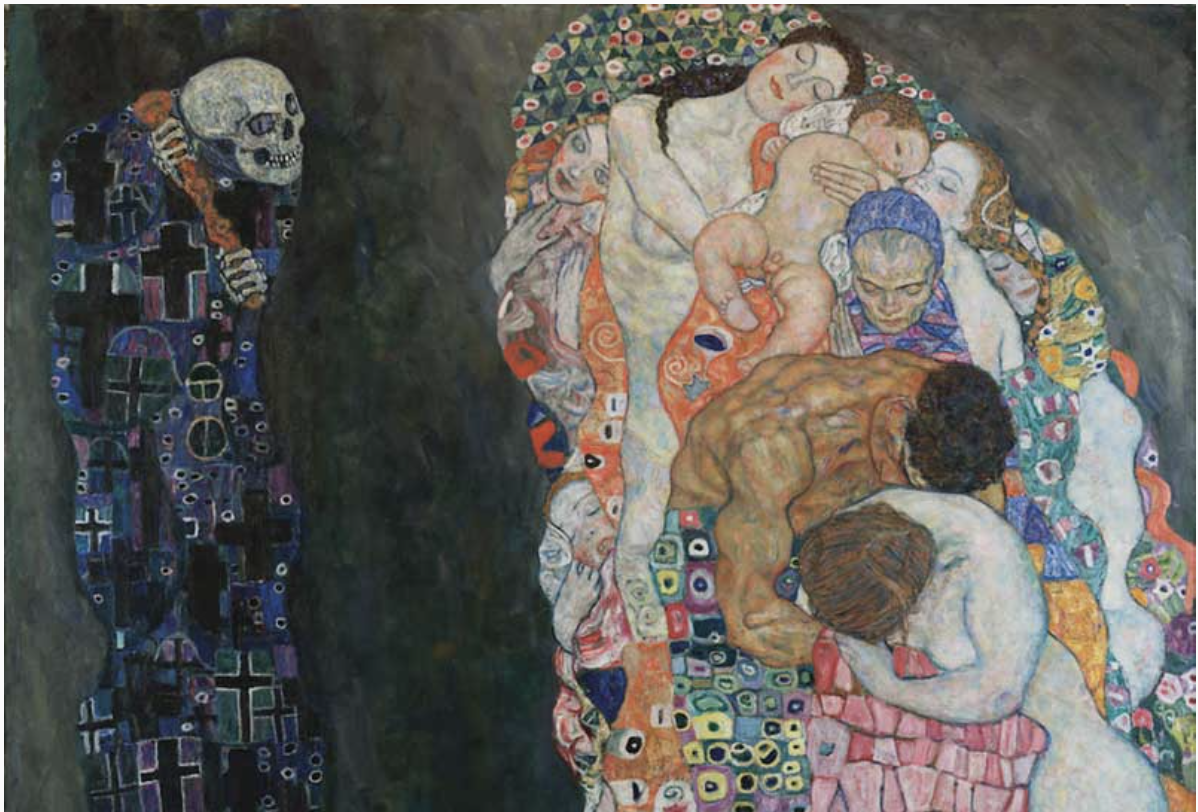Welcome! I'm a recent graduate of UCL's Master's in Digital Humanities. While writing my thesis, I began working on an interactive map visualizing Constantine Cavafy's Alexandria, a project I'm still developing.
At the moment, I'm debugging a historical map alignment issue with support from the David Rumsey Map Collection at Stanford and can't wait to make the project public soon!
I've always been fascinated by languages, not just as structured systems, but as lalangue in the Lacanian sense.
These days, I find similar questions in technology and algorithms, and how they shape how we speak, move, and think.
■ Digitization
■ London Data Week 2024 — Civic Data & Cybersecurity Workshop
■ Exhibition: "The Nightingale and the Rose" (Bülbül ve Gül)
■ Inspirations
- Glenn Gould and Leonard Bernstein
- Slavoj Žižek's Writings
- Žižek-Lacan-Freud!
- Edward Tufte
- Dear Data Project
- Learnable Programming by Bret Victor
- Speech and Language Processing by Jurafsky & Martin
- Toward a Better Programming by Chris Granger
- Whole Earth Catalogue by Stewart Brand
- How Buildings Learn by Stewart Brand
- Ways of Seeing by John Berger
- Atlante Calvino - Visualization of Italo Calvino's Works by Density Design Lab
- Boston Little Syria Project
- Ottoman History Podcast
- For Colored Girls Who Have Considered Suicide (1976) | Broadway Cast Recording
- Riley Walz's Sardonic Projects
- ben-mini's essays
- Vesuvius Challenge
- Crossing Wall Street
- jfleishman - a blog I like
- Ben Lindbergh - getting into sports
■ Translations
In 2019, my painting tutor asked if I could translate a few articles into Turkish from his favorite blog—then called Brainpickings, now The Marginalian. I accepted the challenge, warning him I had never translated anything before. What began as a casual favor soon became a space for thinking about language and linguistics. We would sit in the art studio and go over the translations together, discussing word choices and alternatives. Over time, these short translations turned into a personal obsession and a great space for thinking. Some were later published on Oggito, an independent culture and literature magazine created by Notos Publishing House in Istanbul. Here, I'm sharing a selection of those translations.
■ Paintings
Coming soon: My paintings produced while I was part of the Moda127 Art Studio based in Istanbul
Sentiment Analysis of Kenilworth by Sir Walter Scott
This report presents the results of a text mining project focusing on Kenilworth, a novel by Sir Walter Scott which is free to access on Project Gutenberg. The primary goal is to identify up to two key characters from the text and analyse the sentiment of the discussions surrounding these characters, namely Tressillian and Queen Elizabeth, which are then visualized via two respective plots for each character. Through a systematic approach using various natural language processing (NLP) tools, this report will demonstrate how characters are portrayed and how their narrative contexts influence the sentiment of textual mentions.
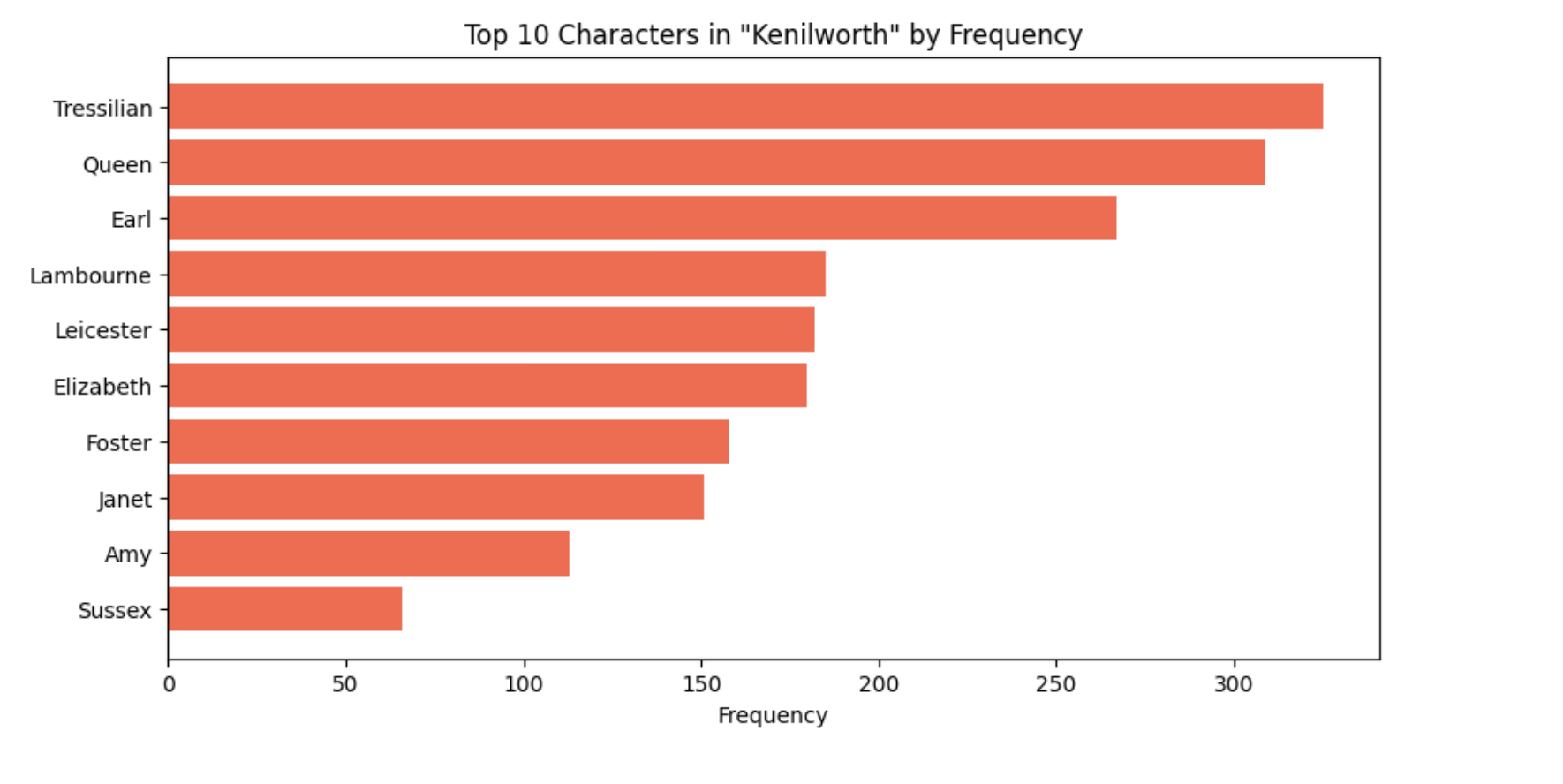
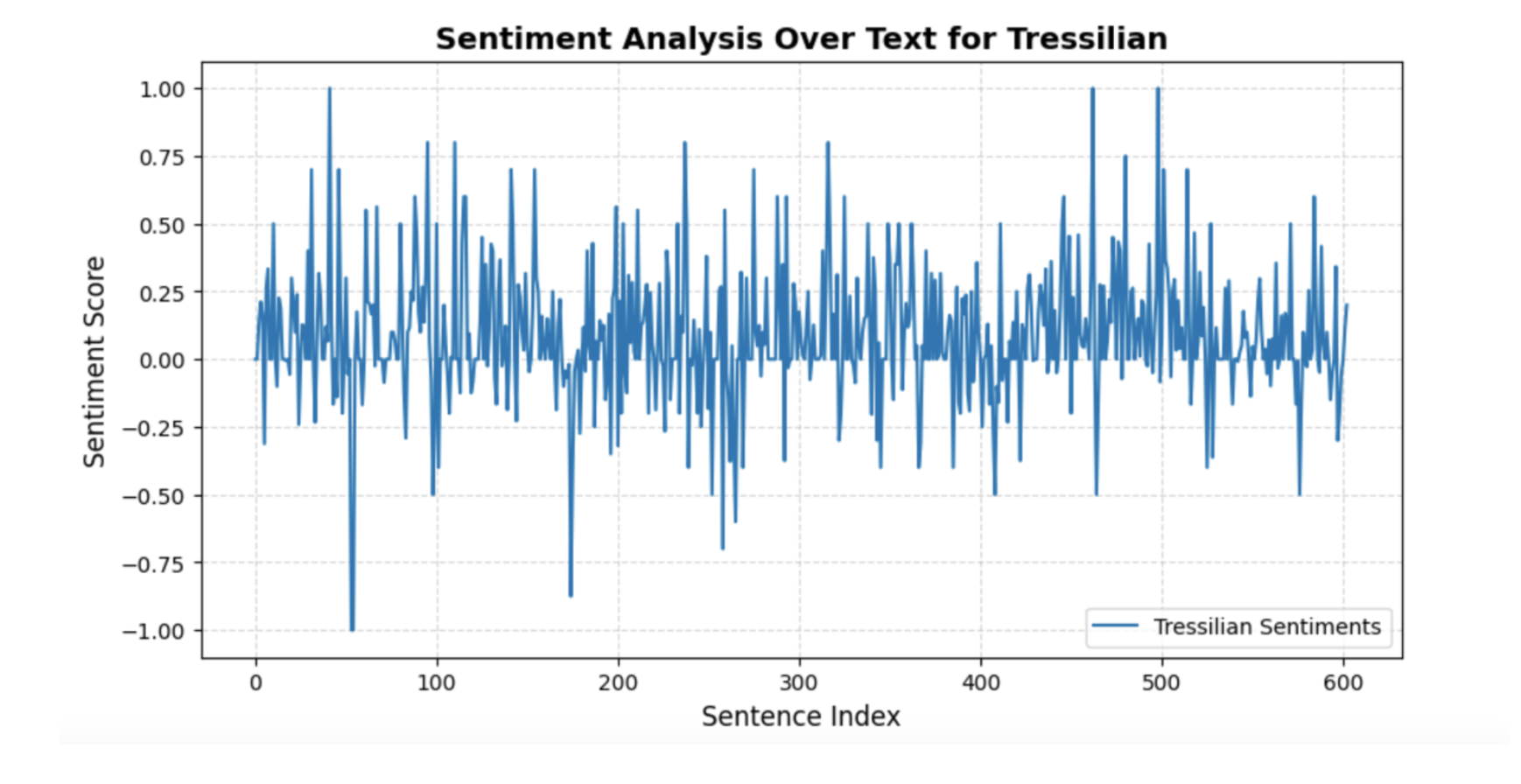
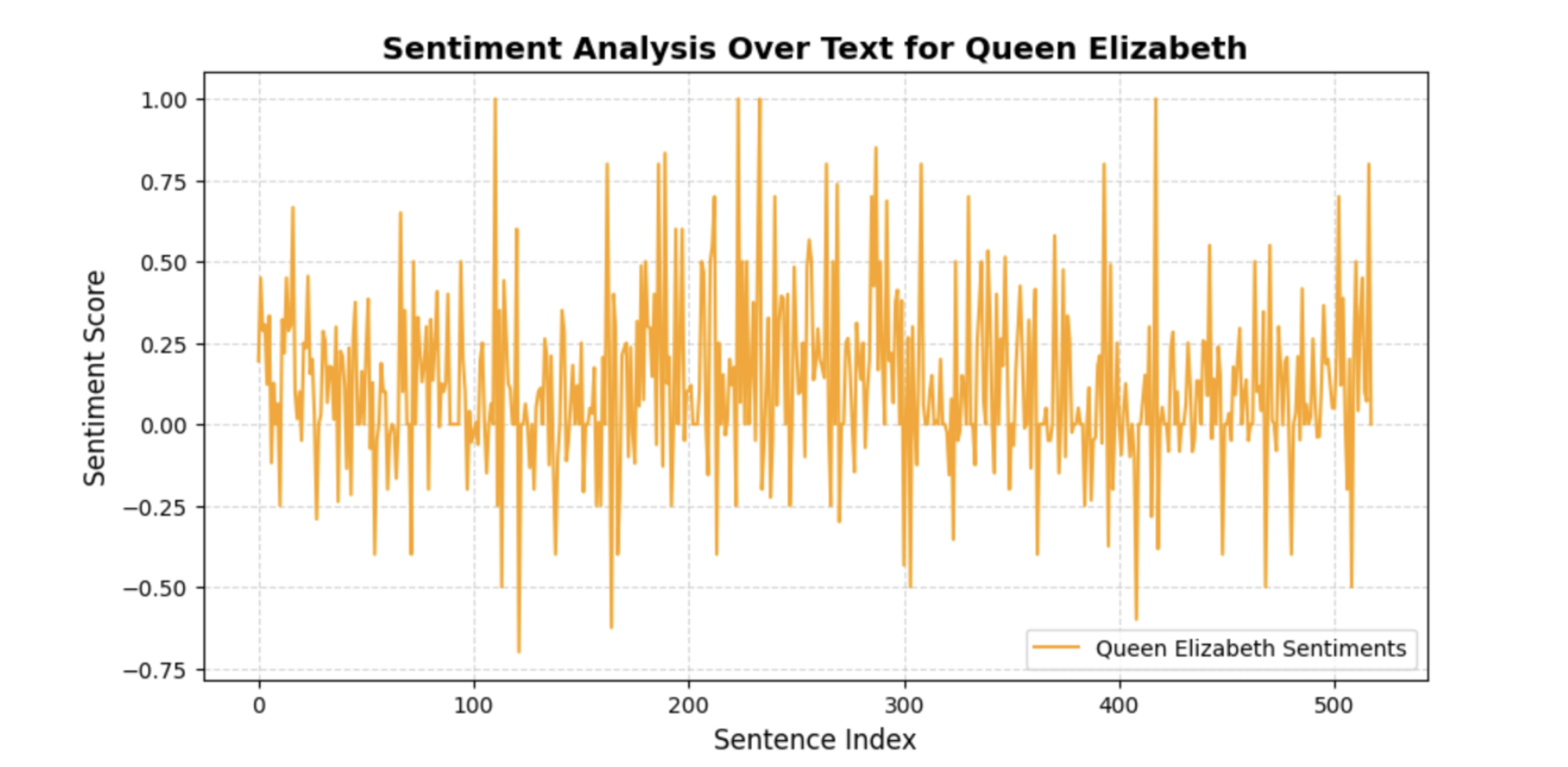
💽 🪆 "Everything Not Saved Will Be Lost": A Digitisation Project of a Matryoshka Doll
In our photogrammetry project, we focused on two different methods for digitising a wooden Matryoshka doll comparing the results of two different soft wares namely 3DF Zephyr and Polycam App: the first a scientific lab-based method, the latter a more accessible method by anyone with a smartphone. The objective was to assess the extent of information loss when using simpler equipment to digitize items in comparison with results from high-tech lab-based photogrammetry practice.
We used the 3DF Zephyr method for capturing high-quality and detailed images from various and measured angles at the Digitisation Suite at the UCL. The use of professional setting at the Suite, leveraged and optimised the reconstruction of the item producing a detailed and accurate digital representation of the Matryoshka doll.
The second method explored the Polycam App which is an accessible and user-friendly application and can be used for crowdsourcing purposes for the preservation of cultural heritage. This method focused on evaluating the loss of information that comes with generating a 3D model on the app and how it might affect the research and the long-term preservation of the item.
Our main findings present the trade-offs between a more scientific approach and mass produced more accessible results of the digitisation processes. We discuss in our group report how researchers or creators can use the two methods to tailor their approach regarding the purpose of their digitisation, financial viability, and sustainability. During our digitisation research, we discussed the capabilities and limitations of these different software solutions and how they made photogrammetry more accessible by democratizing it.
3DF Zephyr Result (UCL Digitisation Suite)
Polycam Result
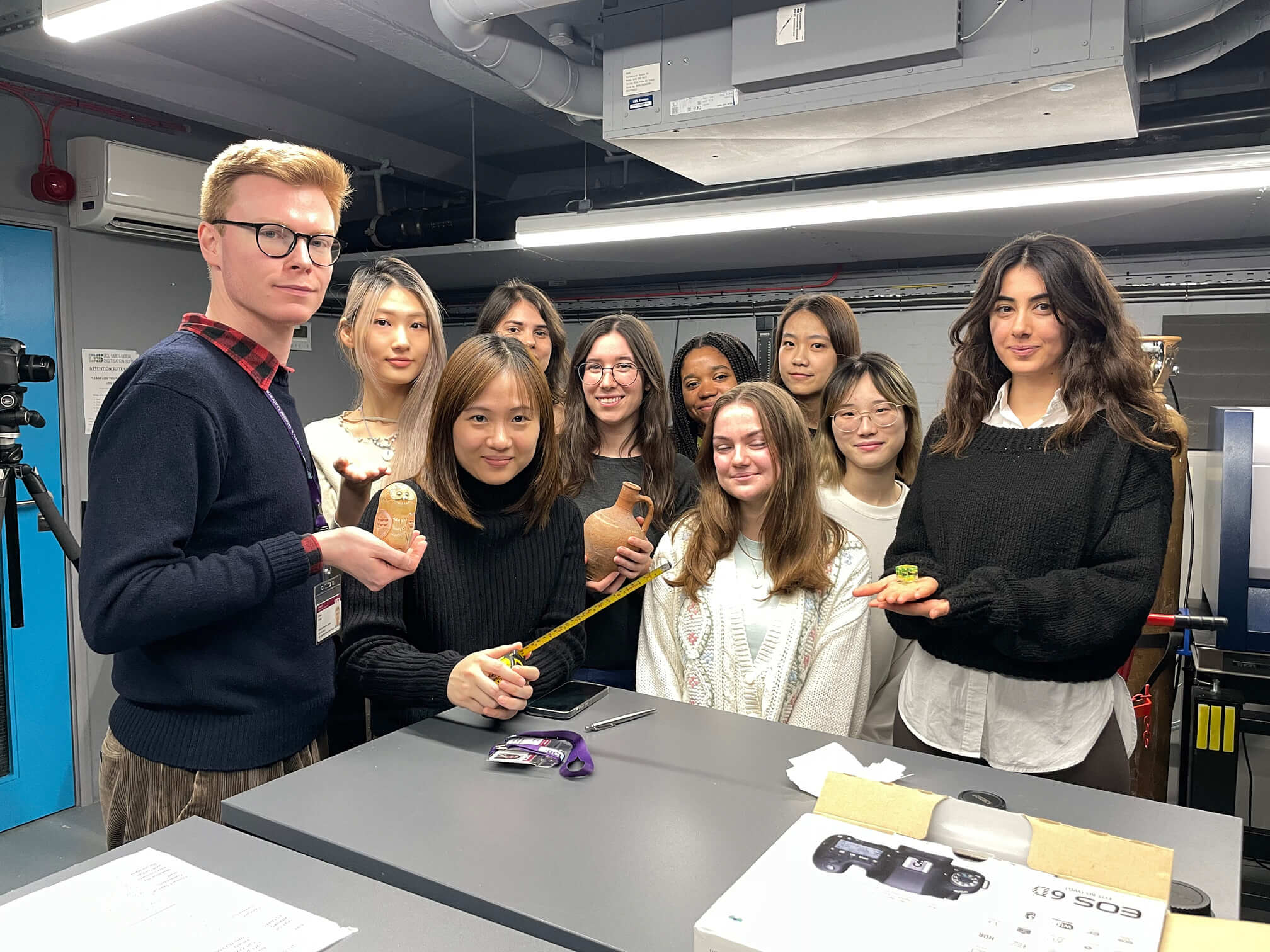
Groups A and B at work at the UCL Digitisation Suite/Imaging Lab
🧸 🦈 A Case of Textile: Walk-around Technique in the UCL Digitisation Suite with a Plushie named Kaskie
Intrigued by the challenges of capturing textiles, a notoriously difficult material in cultural heritage preservation, I brought in an unlikely test subject to the UCL Digitisation Suite: my plushie, Kaskie.
Setting up the shoot was trickier than expected. Kaskie refused to stay upright (wedges only got me so far), and I spent a good amount of time adjusting camera settings like shutter speed and lighting angles. I carried out the entire shoot using Capture One, a professional image capture and editing software, and applied a colour management workflow- including the use of a colour checker for accurate calibration.
Even with these techniques- colour correction applied to every image, professional lighting, and careful setup- it was still difficult to capture the full intricacy of the textile's texture and depth. This experiment showed just how persistent information loss can be in the digitization of fabrics, even under ideal lab conditions.
What began as a playful test with Kaskie became a meaningful exploration of the limits of digital reproduction and the complexity of preserving material presence through images.
*Note: For display purposes, the original high-resolution TIFF files have been converted to JPEG.*
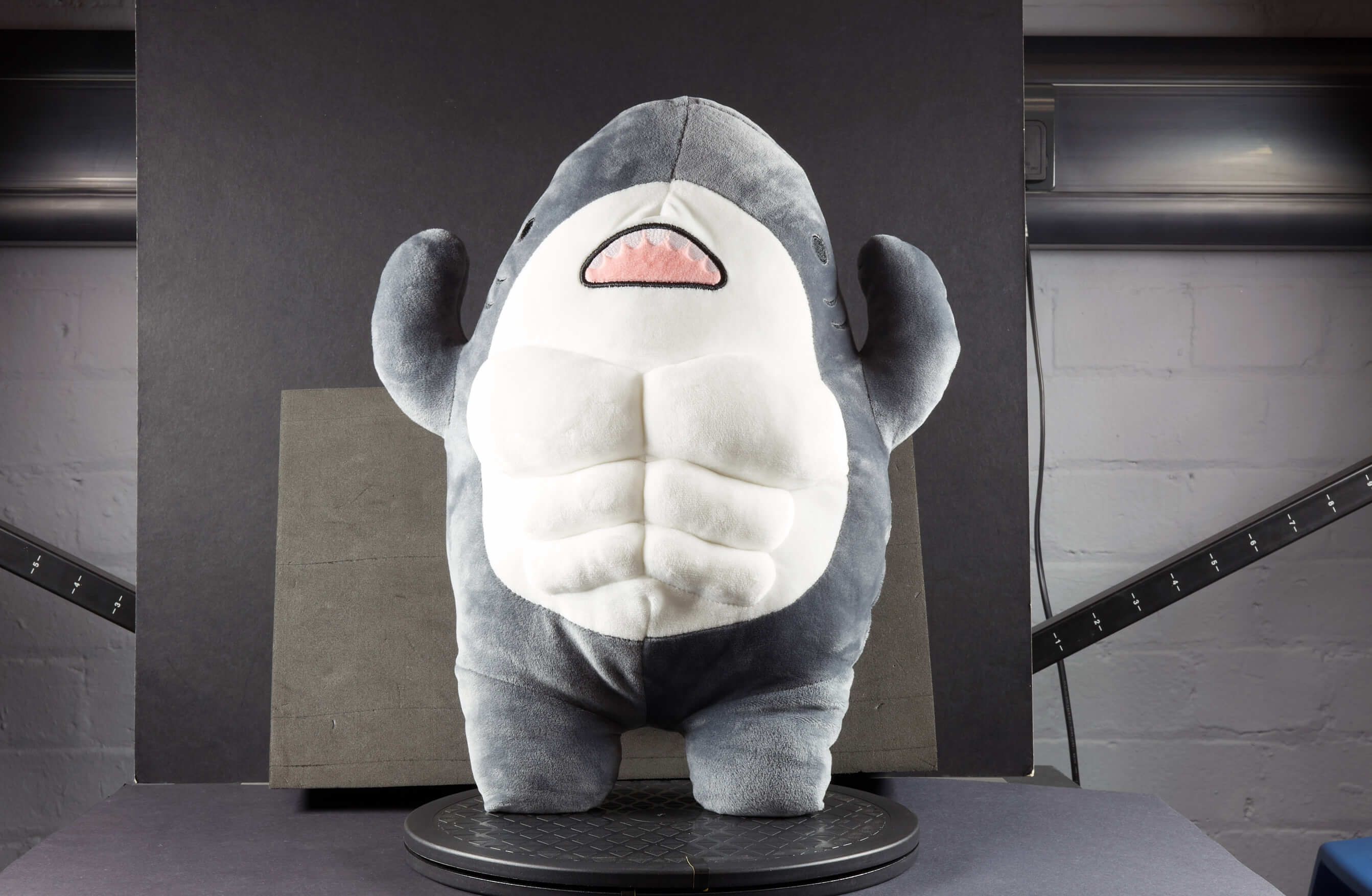
Image 1
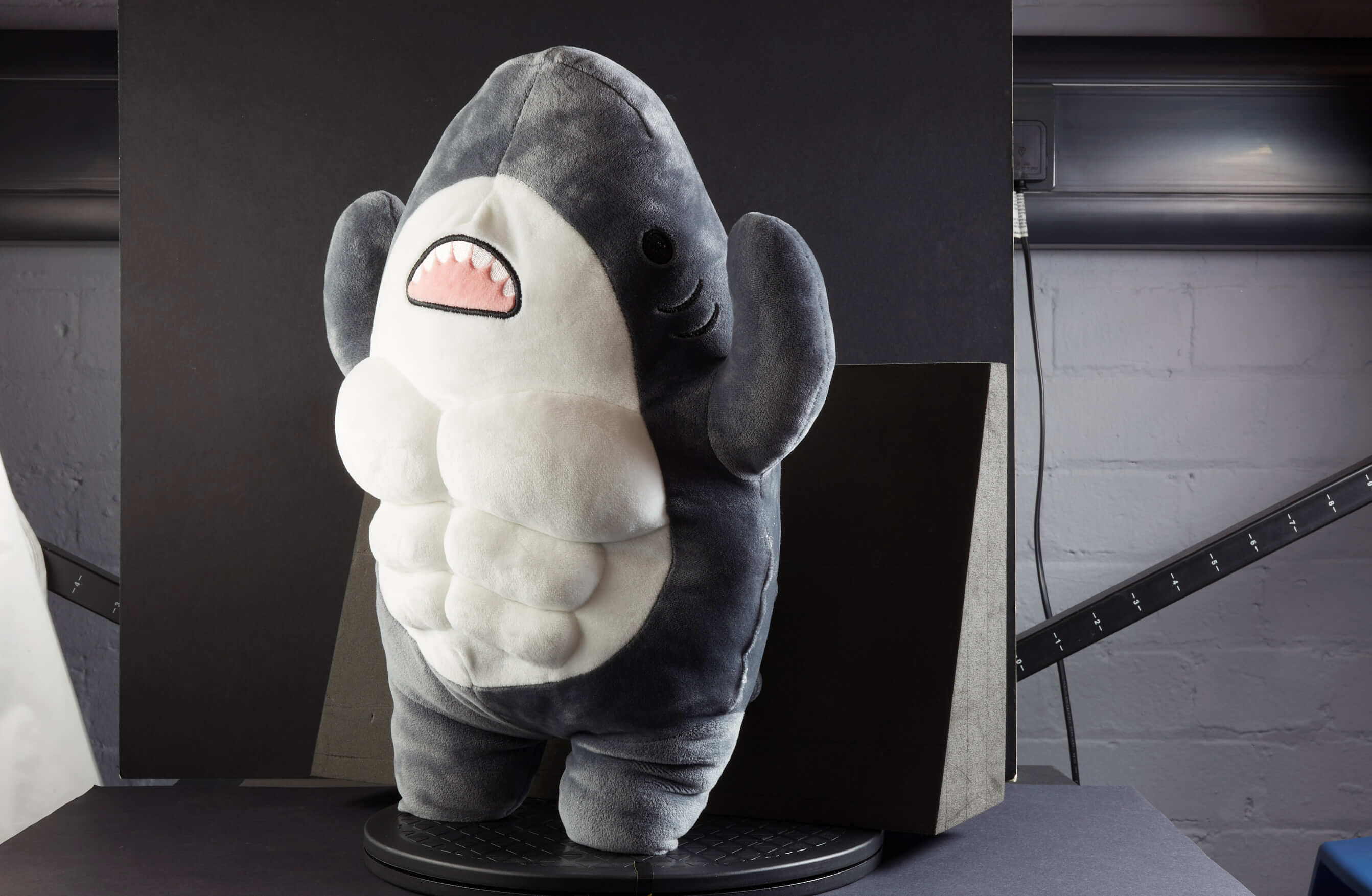
Image 2
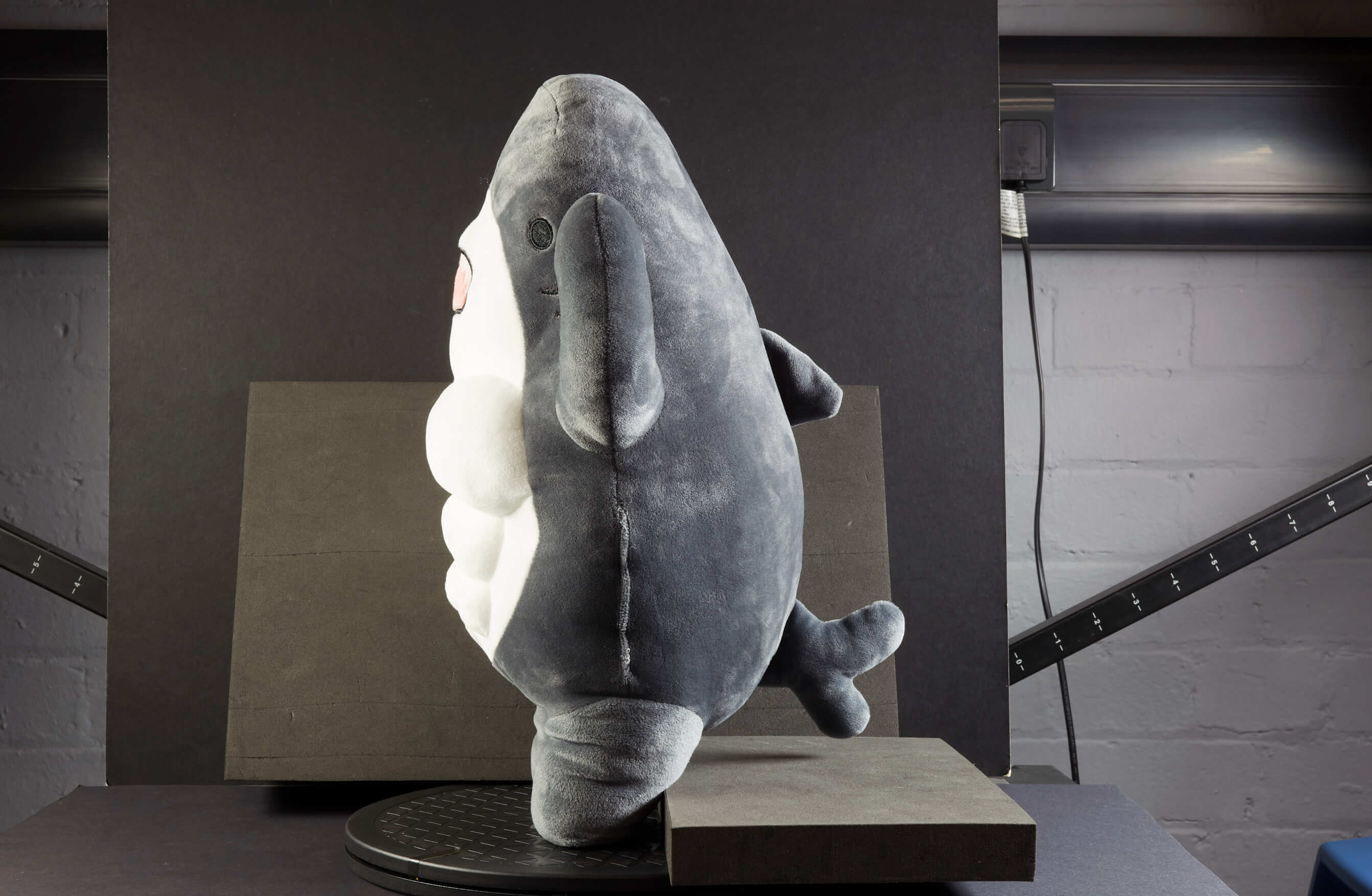
Image 3
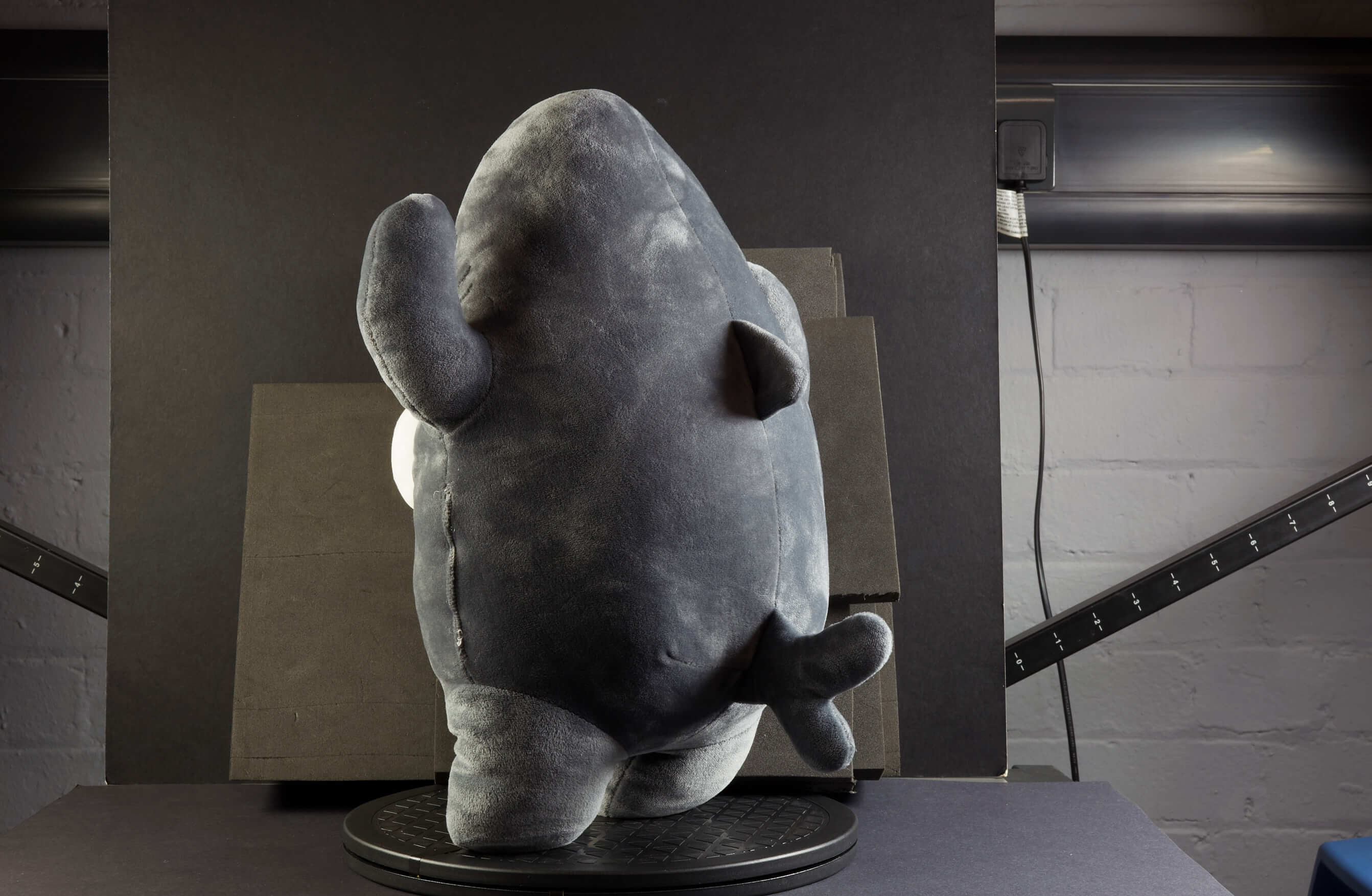
Image 4
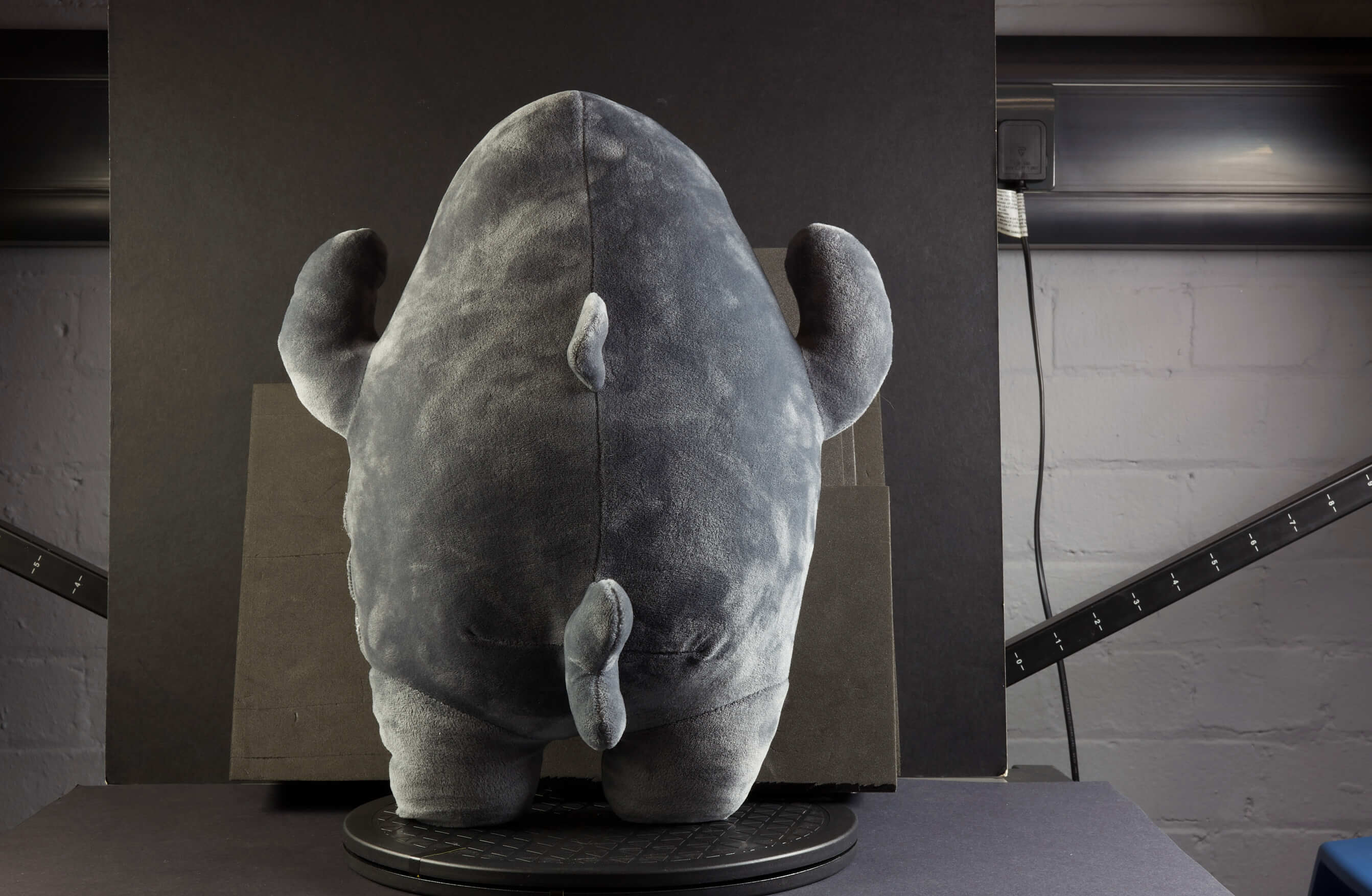
Image 5

Image 6
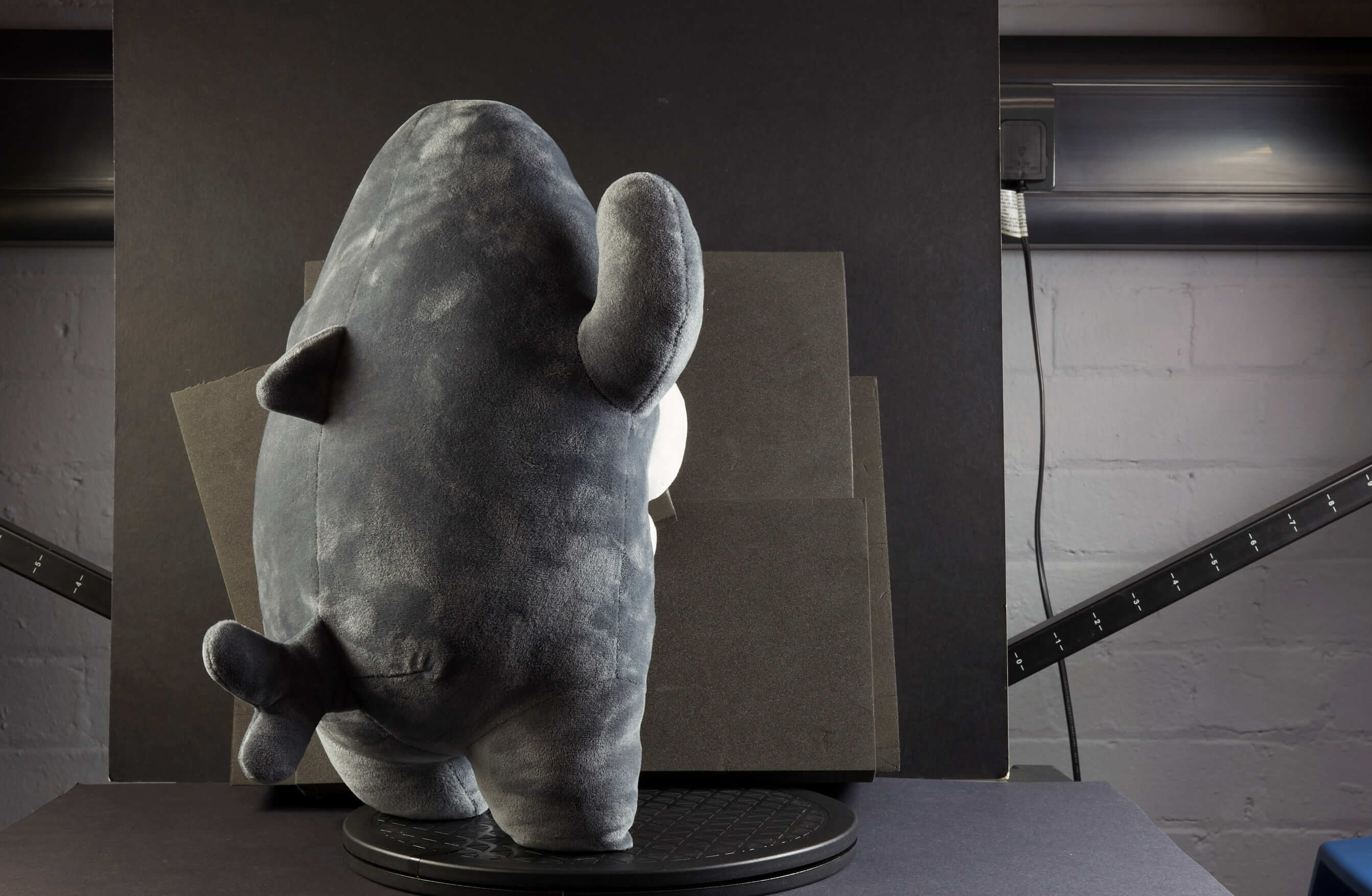
Image 7
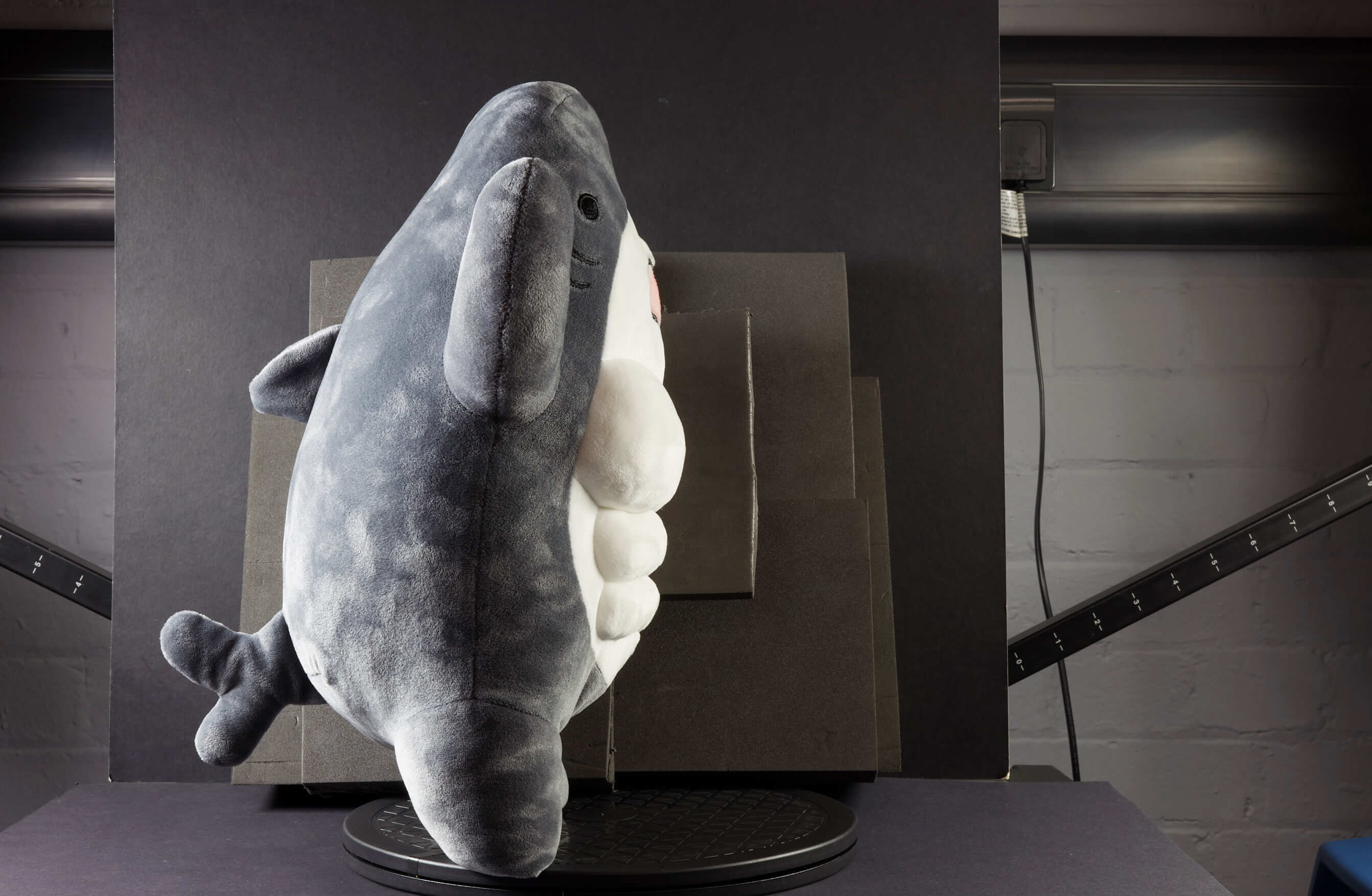
Image 8
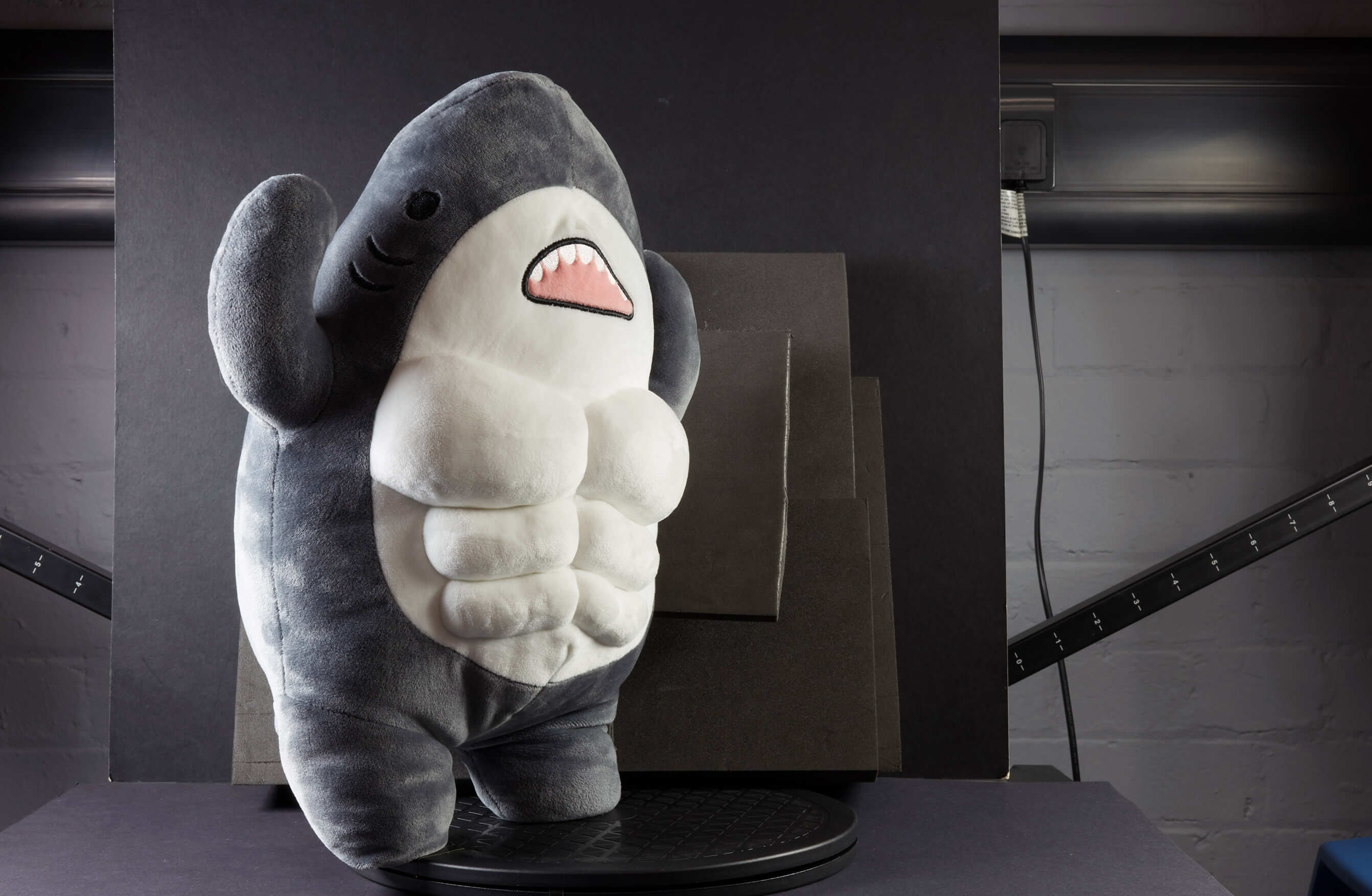
Image 9
📄 🔍 Bentham Collections: Flat-Copy Digitisation & OCR/HTR
I had the opportunity to work directly with UCL Special Collections, focusing on the digitization of archival material from the Jeremy Bentham Manuscripts Collection. Our group project involved digitizing two historical Bentham handlists under controlled conditions using a flat-copy digitization workflow. These included:
- Report on the Bentham MSS with Catalogue (c.1892) by Thomas Whittaker
- Catalogue of the Manuscripts of Jeremy Bentham (1962) by Alexander Taylor Milne
To ensure the integrity and accuracy of the digitization, we followed UCL's formal protocols for object handling, file naming conventions, and metadata standards, as outlined in official internal guides. All photographs were captured using Capture One in a tethered setup, with consistent use of colour correction tools, including a colour checker, to calibrate the imaging process. Each page was photographed individually under optimal lighting and camera settings not to damage the manuscript with extra light exposure.
We also discussed HDR imaging and integrated OCR techniques using Transkribus to improve text recognition, paving the way for searchable digital archives. These efforts enhance accessibility, allowing researchers to perform keyword searches and computational analysis across archival texts.
Due to archival and institutional constraints, only a small selection of sample images is shown here for demonstrative purposes.
*Note: Display images on this page were converted from high-resolution TIFF to JPEG for web presentation.*
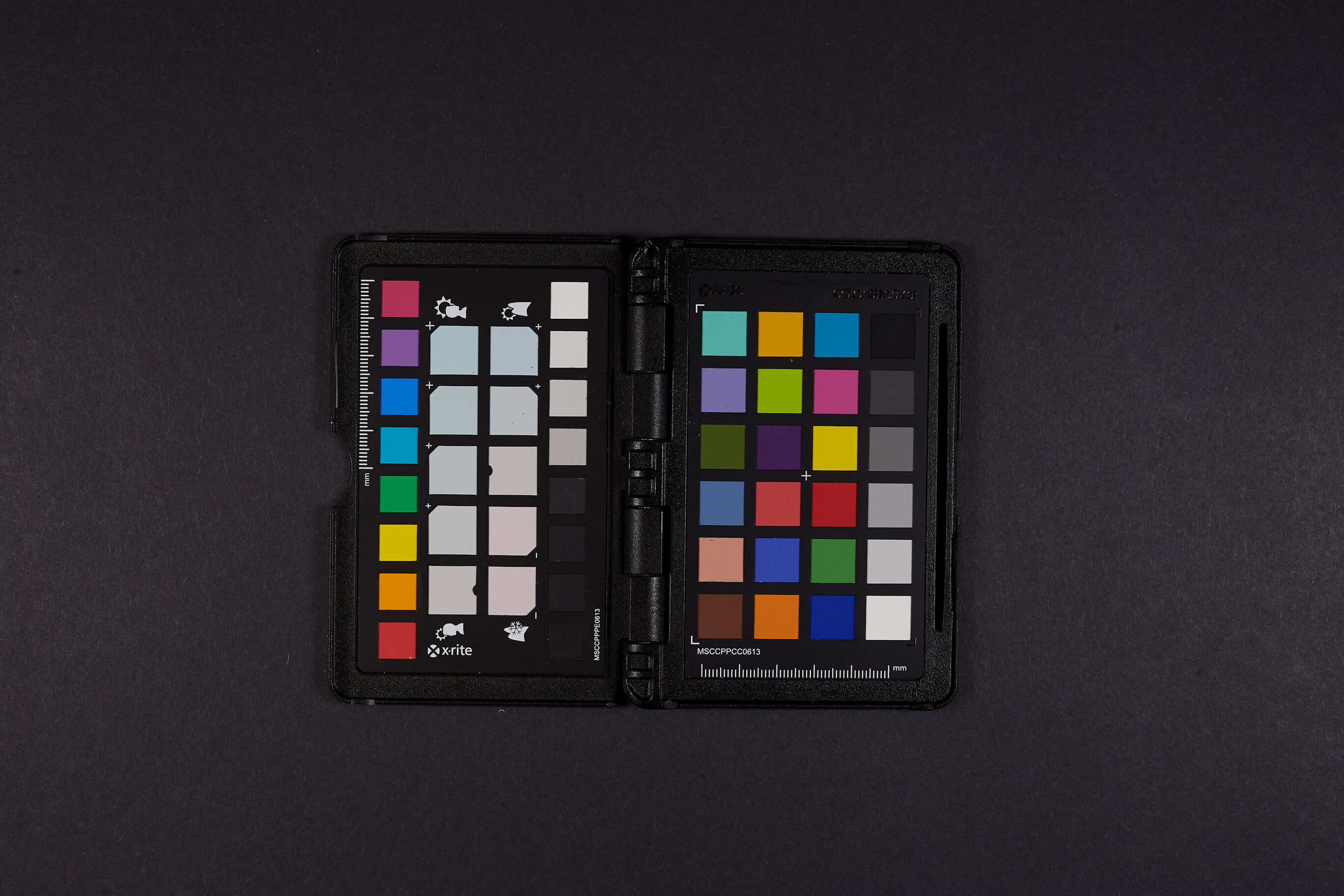
Color Checker for Calibration

Document 1

Document 2

Document 3

Document 4
*Note: Display images on this page were converted from high-resolution TIFF to JPEG for web presentation.*
🗺️ 🐉 Mapping Constantine Cavafy's Alexandria
In The Poetics of Space, Gaston Bachelard (1969) discusses the power of the poetic image, emphasizing that its meaning is often grasped intuitively rather than through rational interpretation. This notion of poetic space is juxtaposed with Barbara Piatti's concept of 'geospace,' which differentiates the tangible, mappable world from the imagined landscapes of literature (2008, p.22-23). Constantine Cavafy's poetry embodies this interplay between physical and imagined spaces, making his work a compelling case study for exploring the application of GIS to literary mapping. Through this project, I investigate how Alexandria, the city that shaped Cavafy's poetry, translates into digital cartography, and how GIS technologies can be leveraged to visualise poetic spaces and reclaim historical landscapes.
This GIS mapping project explores the geographical references in Constantine Cavafy's poetry, examining how the poet's Alexandria exists both as a historical place and a literary landscape. Through digital mapping techniques and geographical analysis, the project visualizes the spatial dimensions of Cavafy's work and the relationship between place and poetry.
The project combines literary analysis with GIS technology to create interactive maps that reveal the geographical patterns in Cavafy's poetry, offering new insights into how place functions in his literary imagination.
Interactive web link to the project will be shared soon.
QGIS mapping process demonstration
🏛️ 🔐 London Data Week 2024 — Civic Data & Cybersecurity Workshop
As part of London Data Week 2024, I co-organized a public workshop and mini-hackathon at Goodenough College London in collaboration with a member of the Coding Collective, a beginner-friendly initiative I founded to promote inclusive, community-driven tech learning. The event focused on mapping and visualizing open-source datasets from the City of London, inviting around 15 attendees to engage in hands-on exploration of civic data.
The workshop was preceded by a guest talk on cybersecurity by Dr. Vasilios Mavroudis, co-leader of the AI for Cyber Defence (AICD) Research Center at the Alan Turing Institute. A leading expert in AI and cybersecurity, Dr. Mavroudis discussed advances in AI-driven security, privacy-preserving technologies, and the future of digital defense.
We are currently preparing a follow-up event for London Data Week 2025, centered around collaborative civic mapping. Details will be announced soon.
📚 One of the attendees created a GitHub repository summarizing the event's outcomes and materials — check it out here! 🔗 https://github.com/kamalshashwat/London-Data-Week
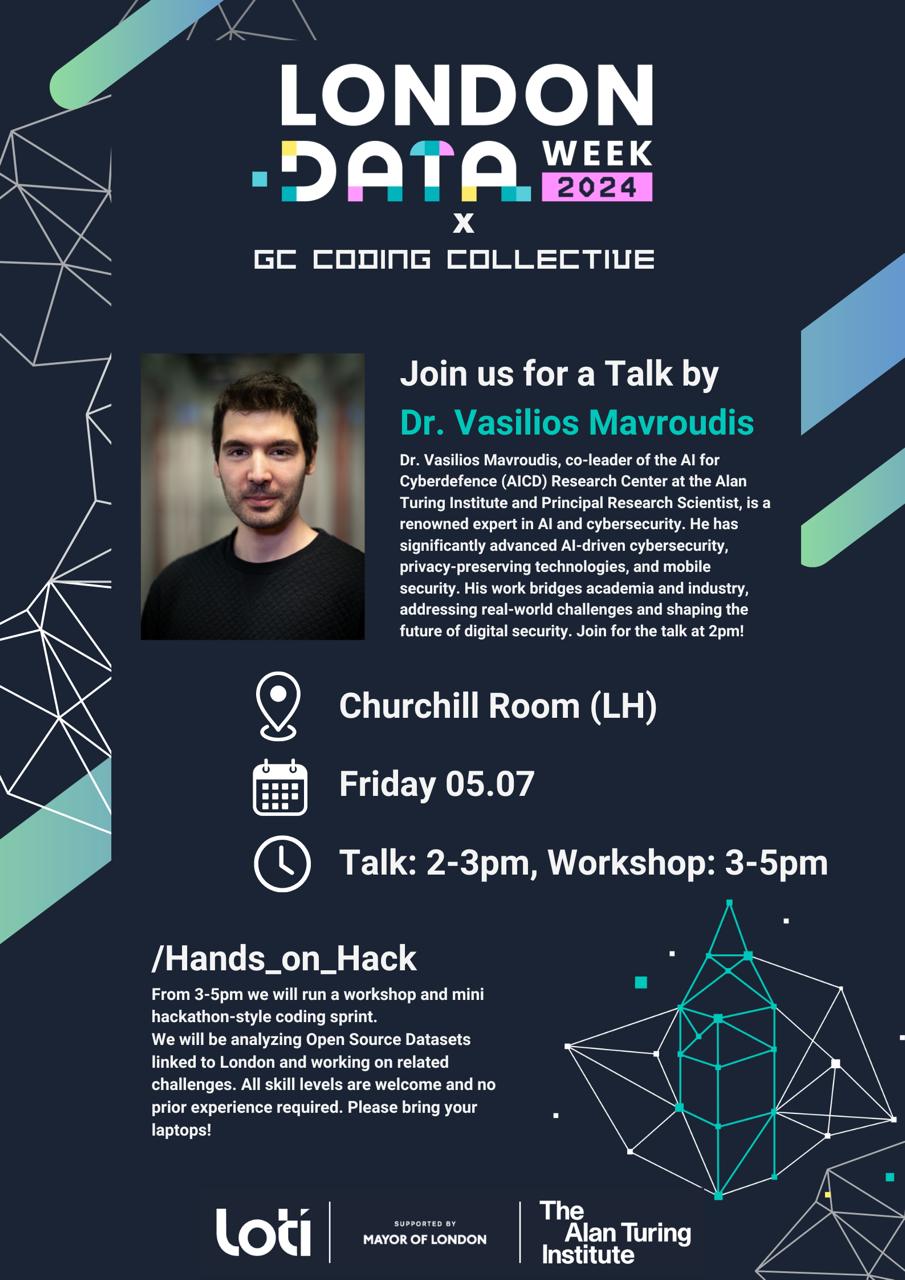
London Data Week 2024 Workshop at Goodenough College London
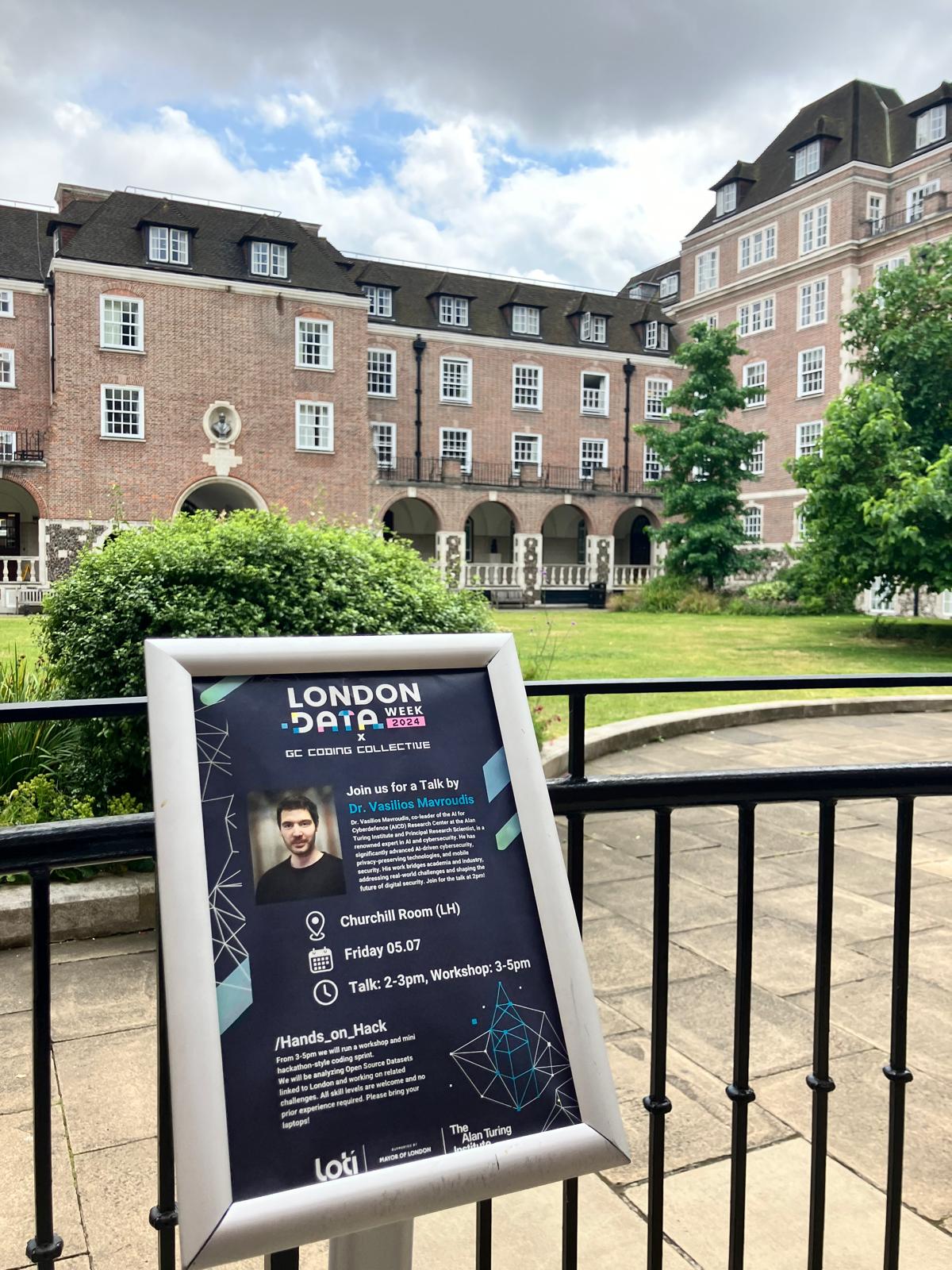
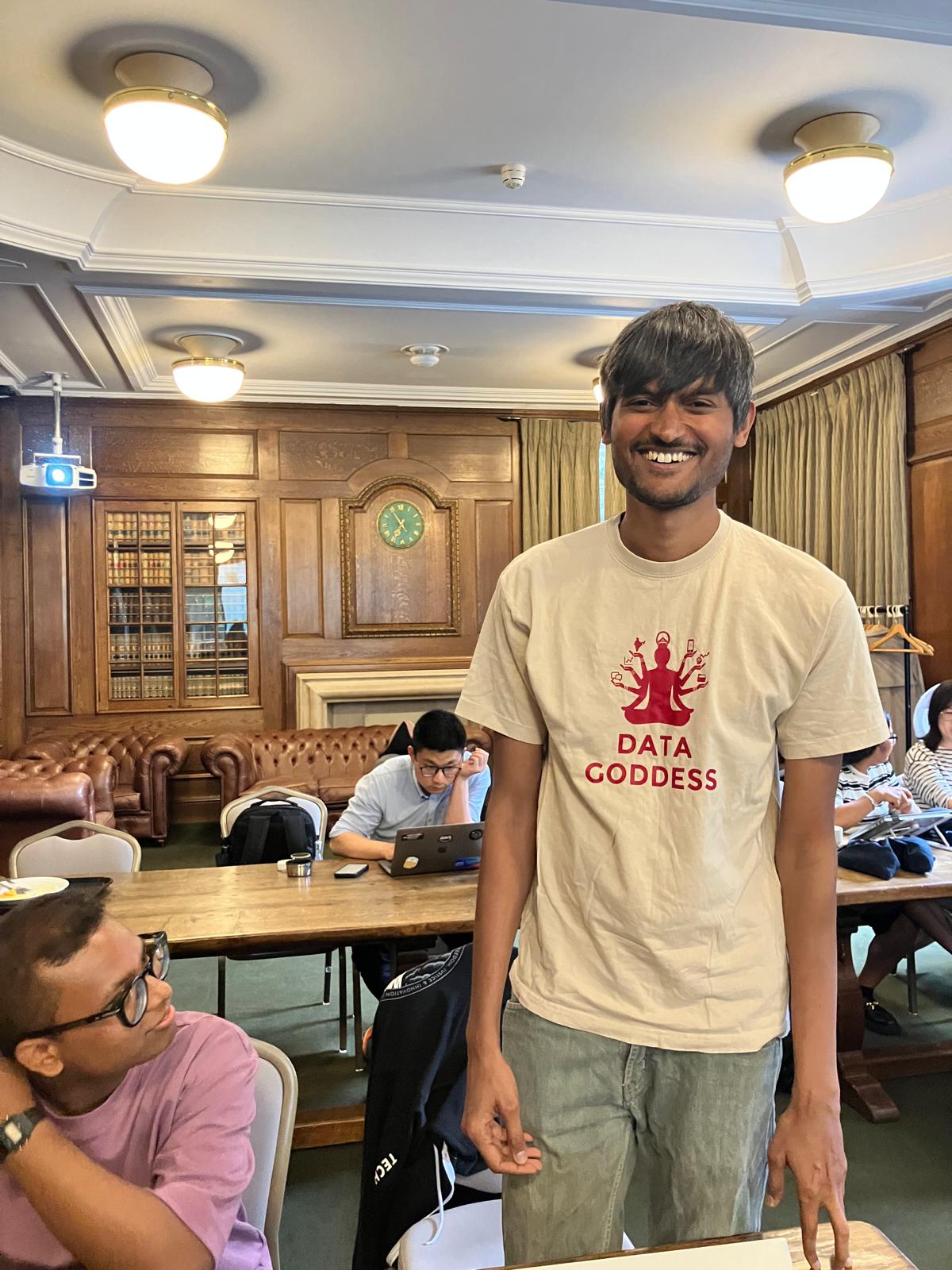
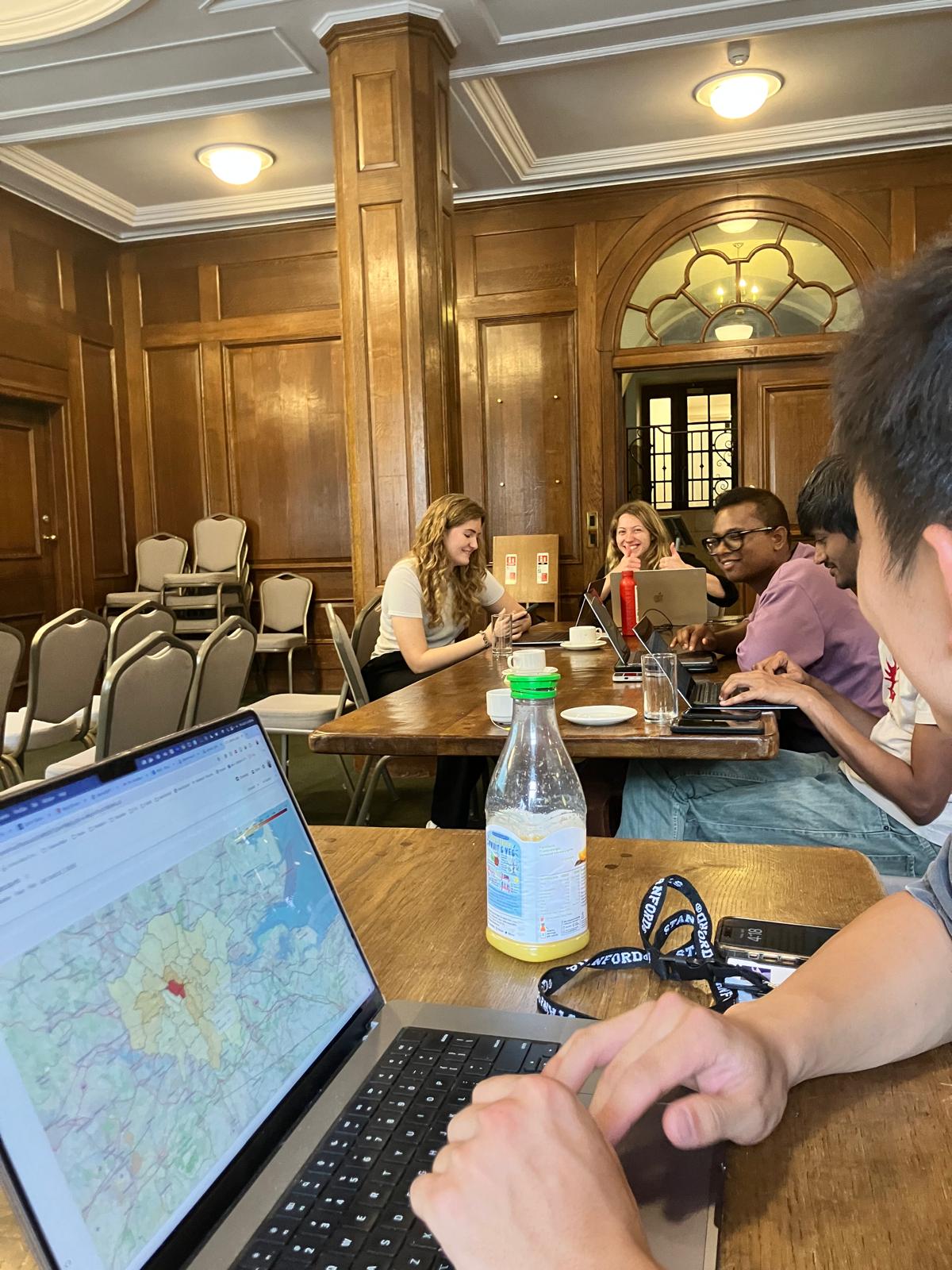
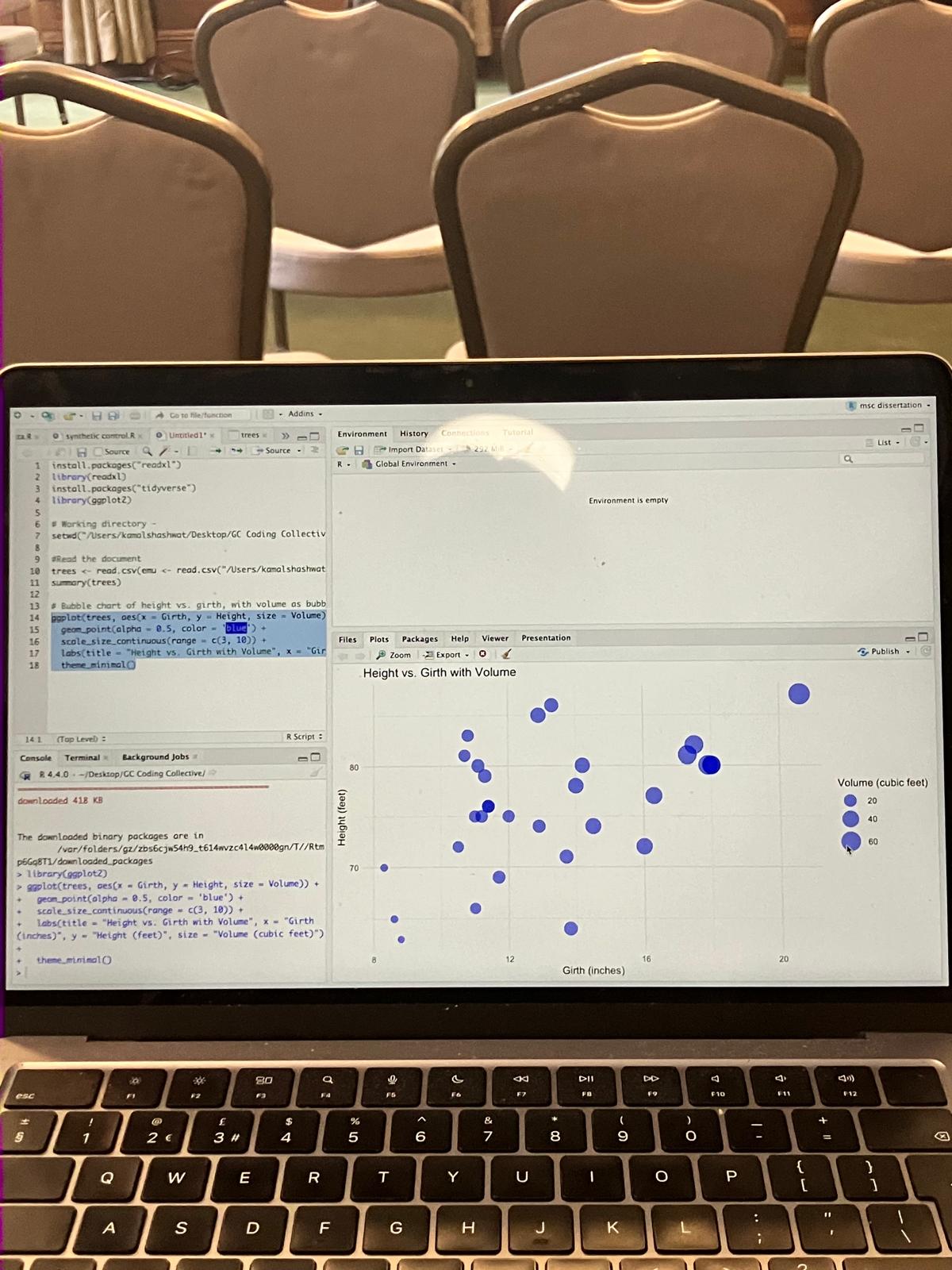
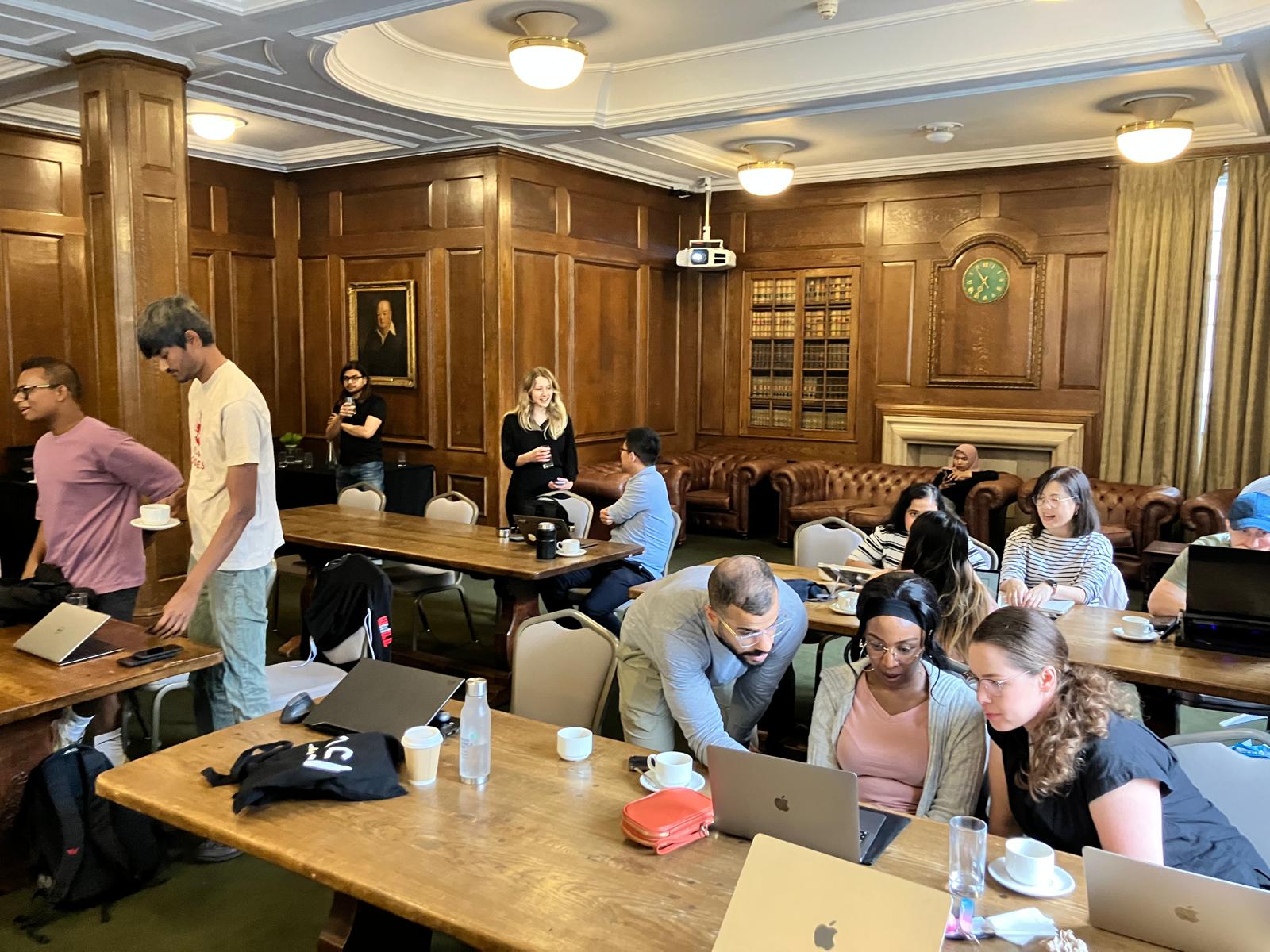
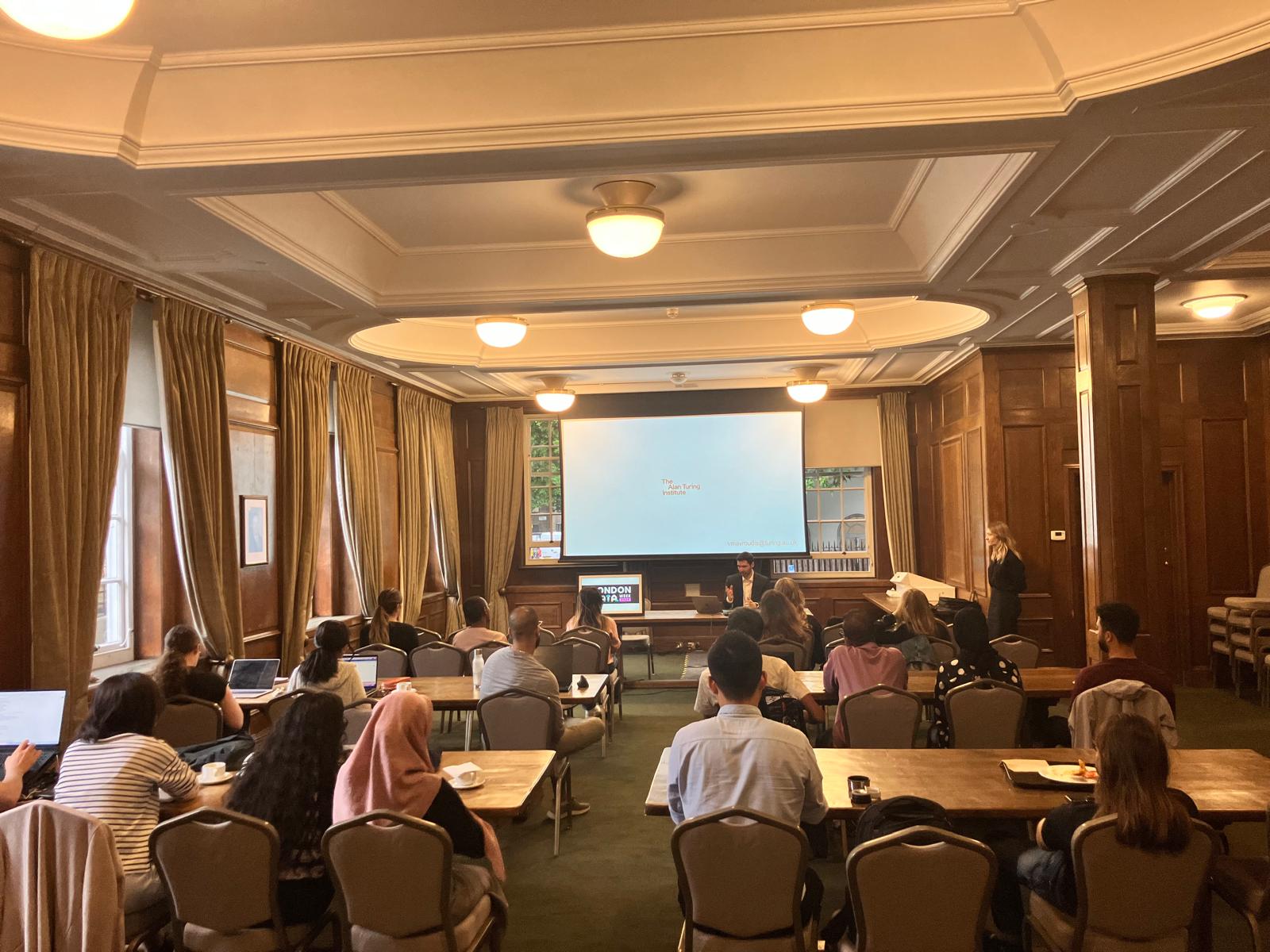
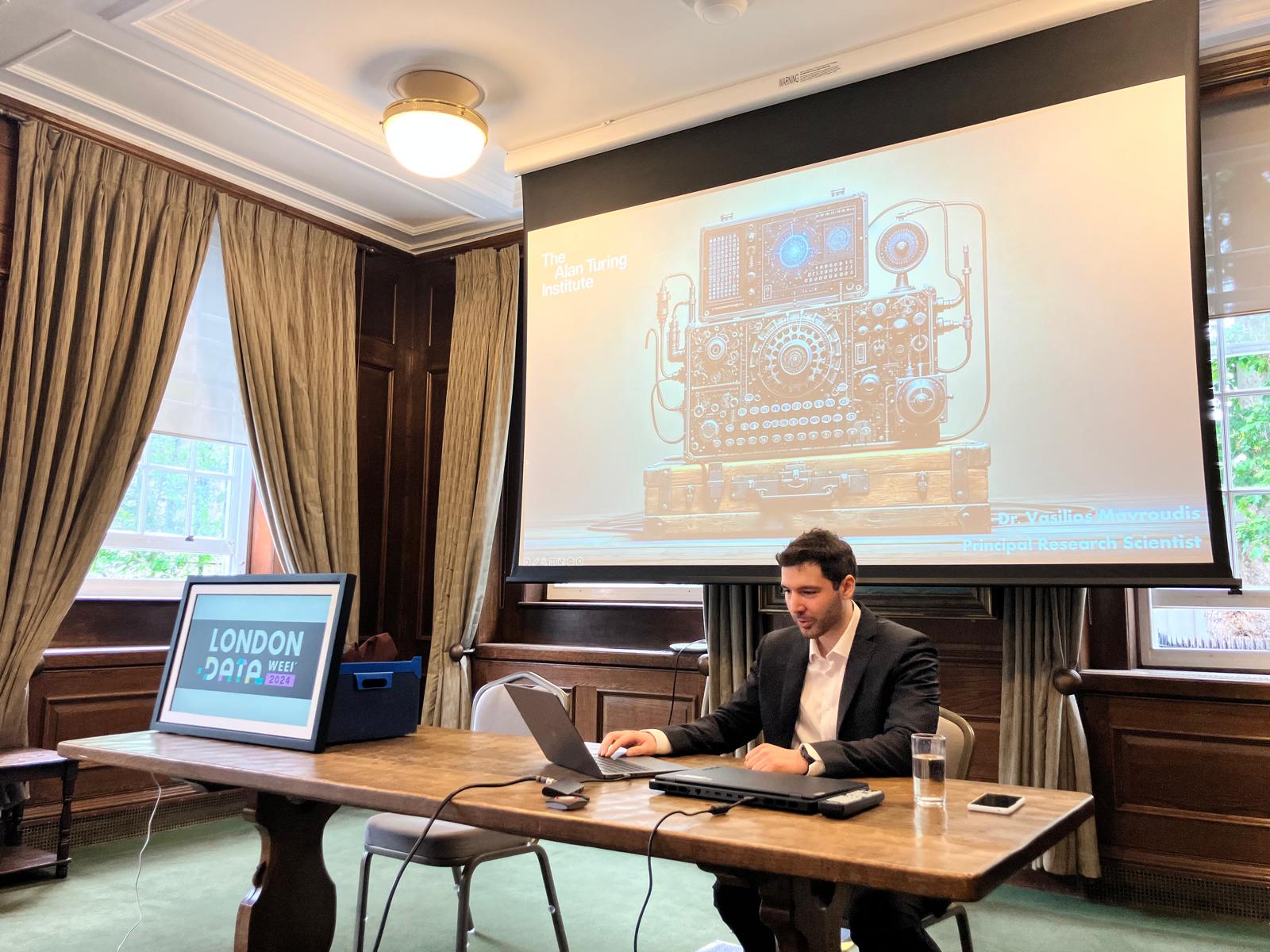
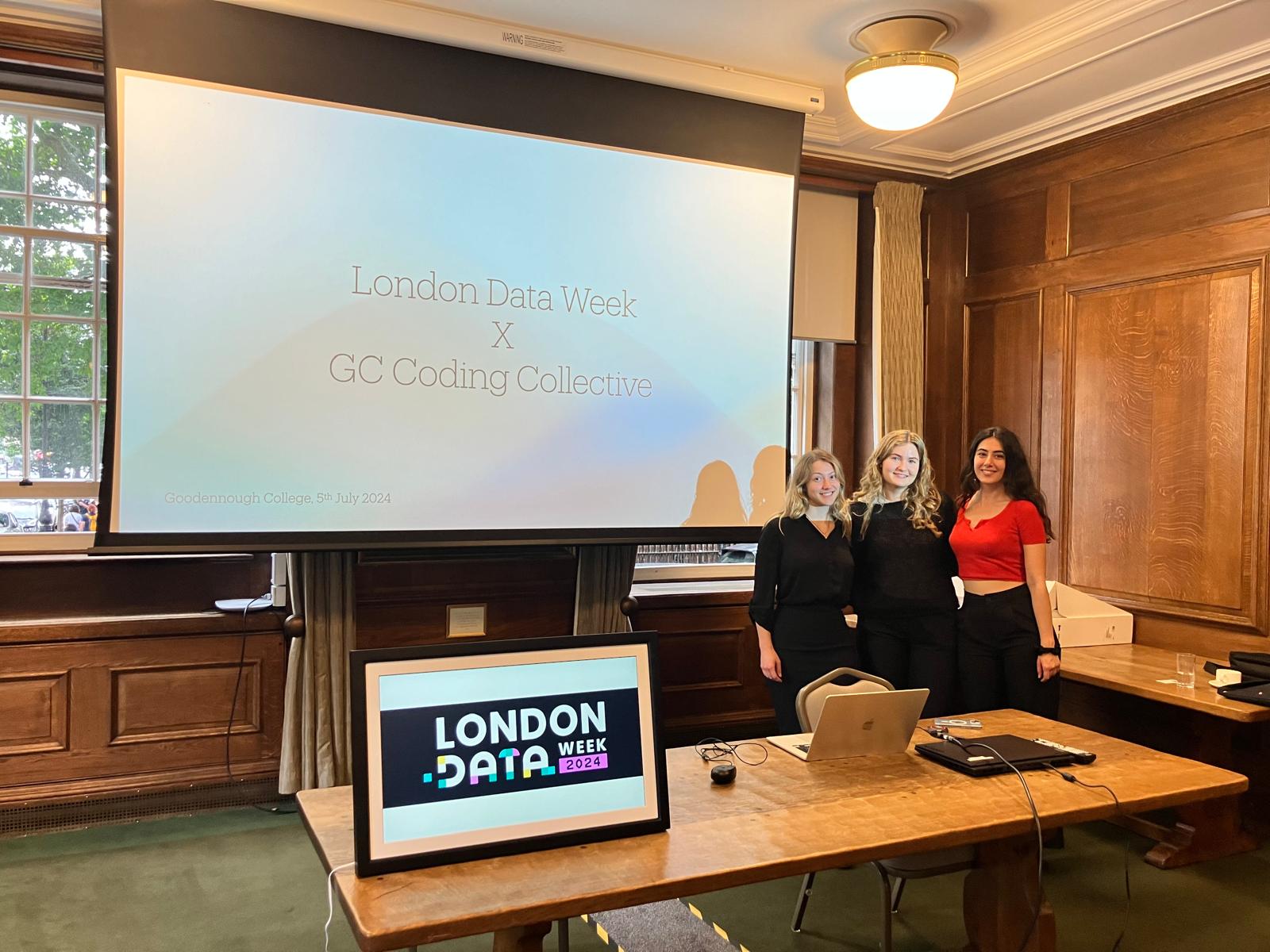
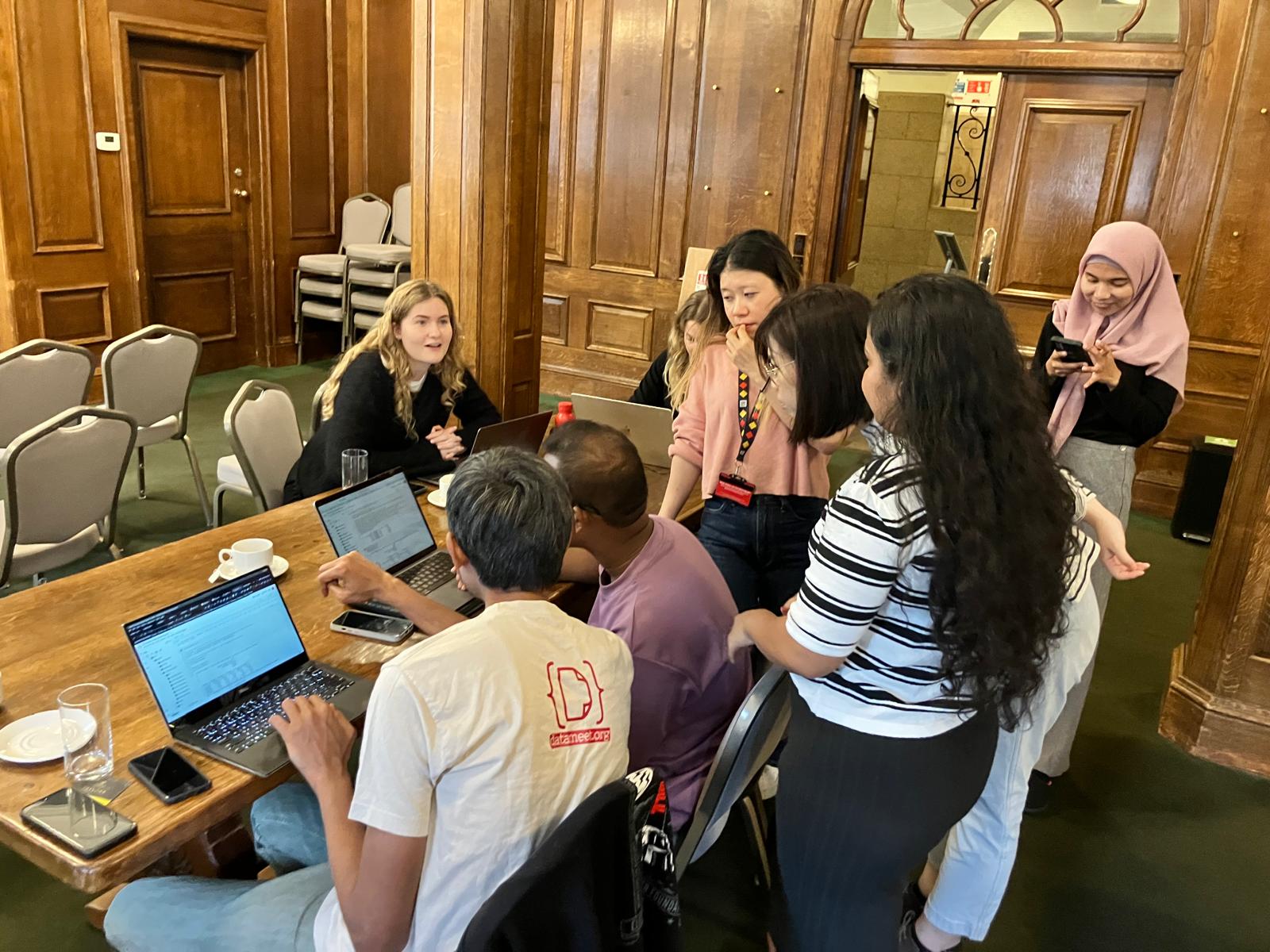
Event photos from London Data Week 2024 workshop
🌹 🐦 Talk on Oscar Wilde's The Nightingale and the Rose
Moda127 Art Studio Exhibition — "Bülbül ve Gül"
Bina, Kadıköy, Istanbul | January 2022
I was invited to give a talk as part of Bülbül ve Gül, an exhibition by Moda127 Art Studio inspired by Oscar Wilde's short story The Nightingale and the Rose. In the talk, I discussed Wilde's tale alongside the process behind the exhibition — how the paintings responded to the story.
As a former member of Moda127, it was meaningful to speak about the studio's first public exhibition. Many of us came from different backgrounds beyond fine arts, and this event marked a moment of growth — seeing how the work resonated with visitors, how people engaged with the paintings, and how we'd developed as a collective over the years. It was also a way for us to open up what had mostly been a shared studio space into a public conversation.
📰 Read more about the exhibition (in Turkish) on Bant Mag and Oggito
🎥 The full talk can be watched below:
Exhibition talk and discussion
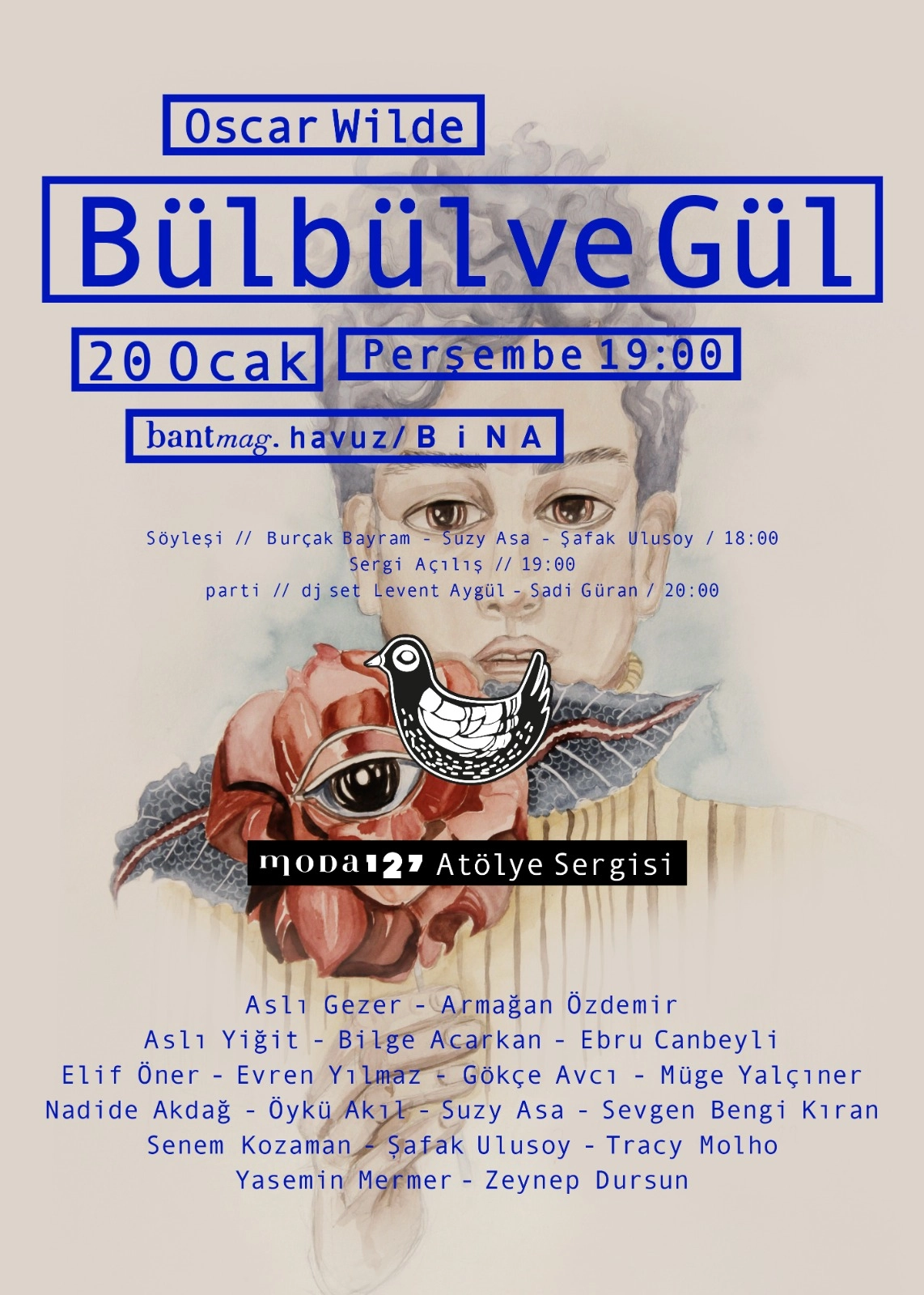
Exhibition poster for "The Nightingale and the Rose"
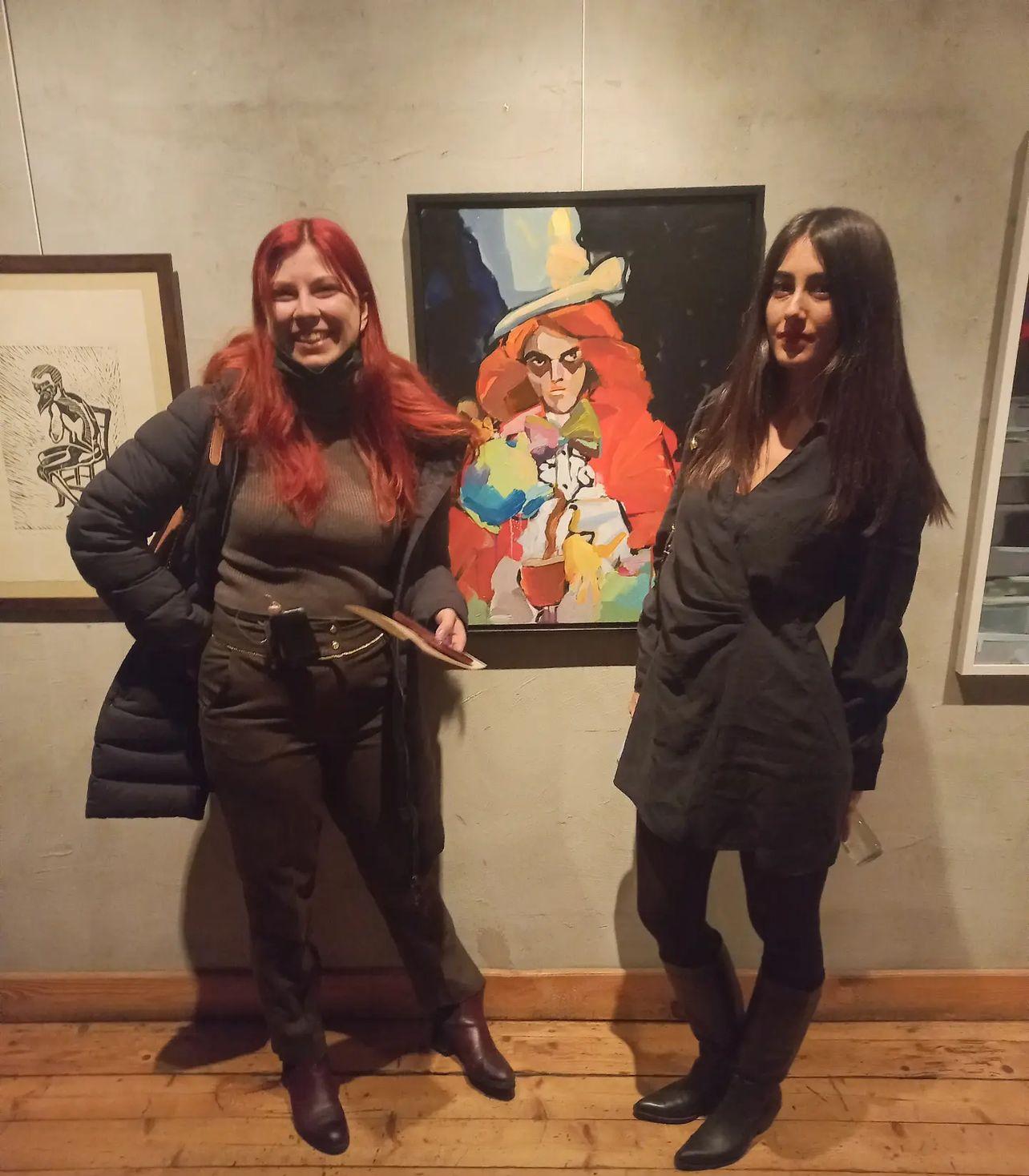
with Aslı İdil Kaynar — a translator and PhD in Japanese Literature from Queensland, Australia — sharing in the same joy as a fellow member of Moda127

